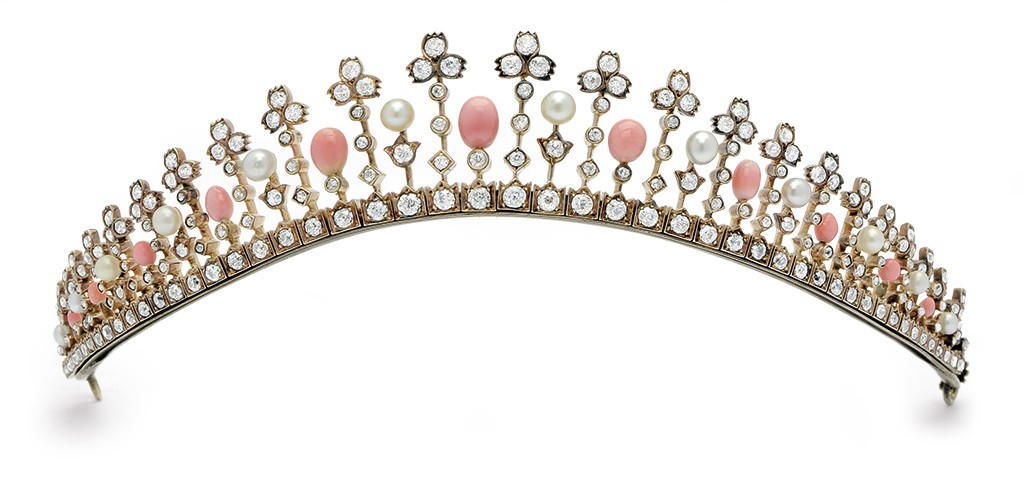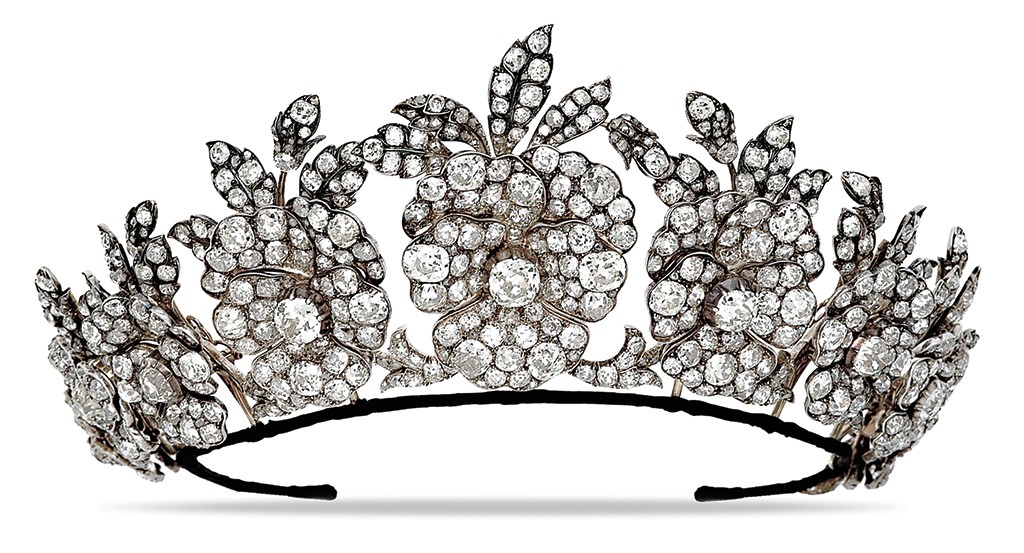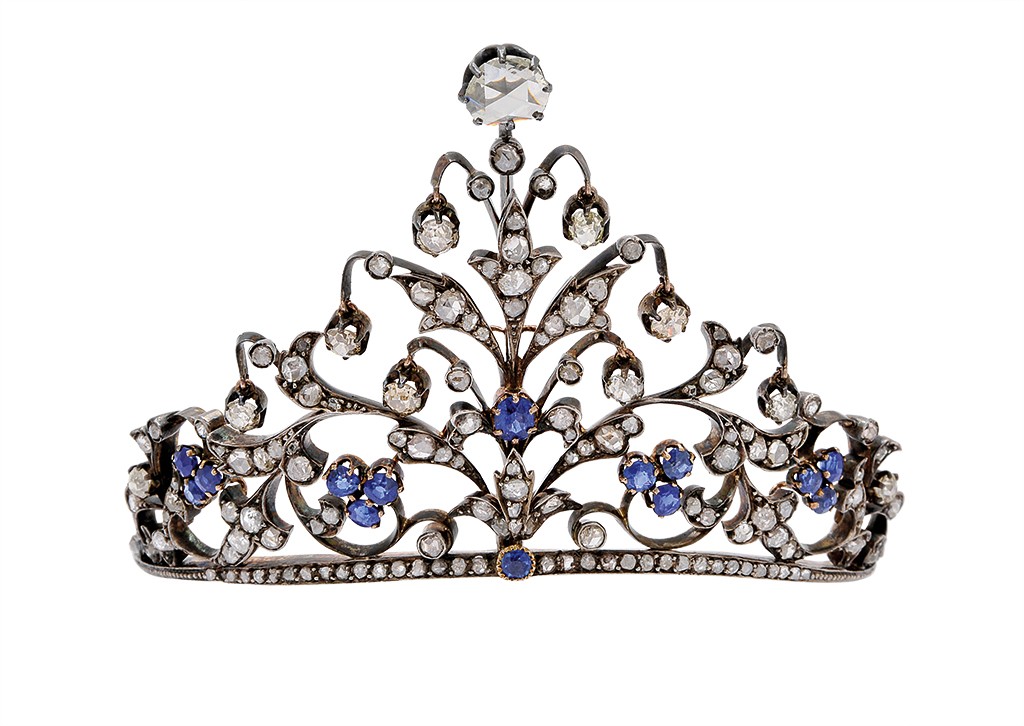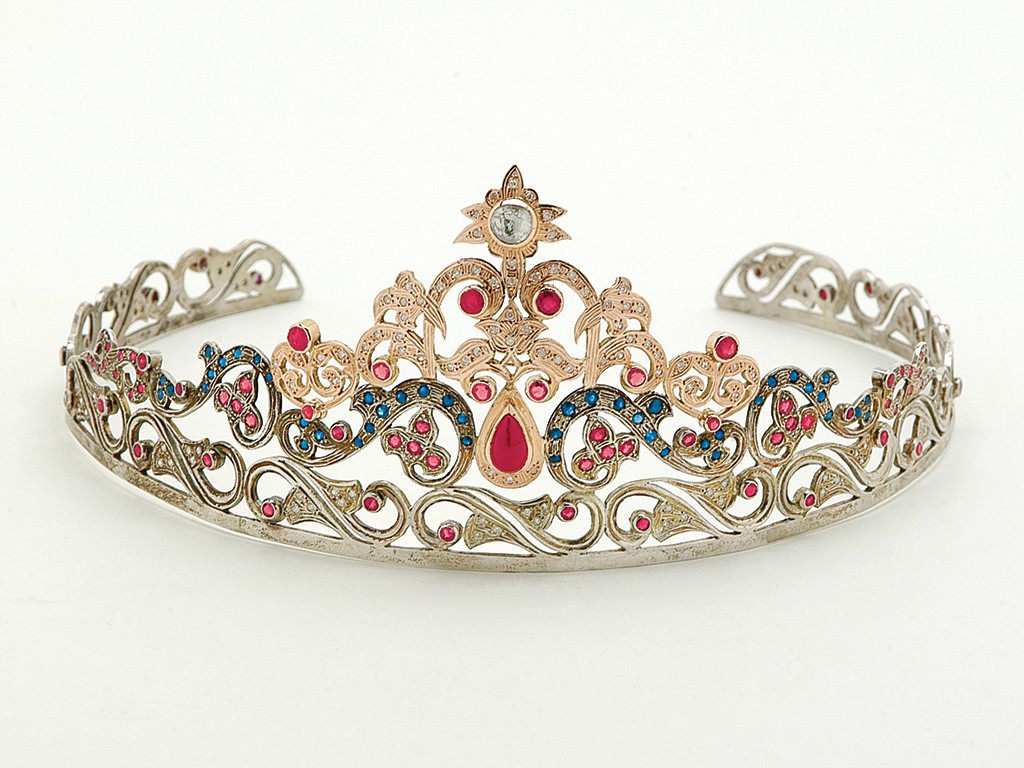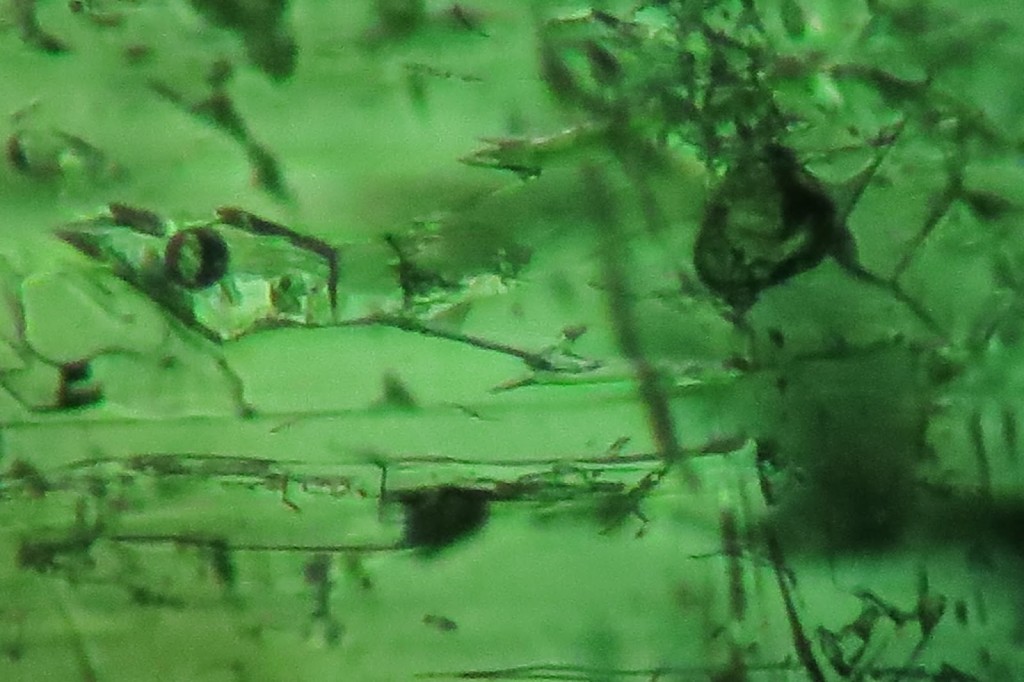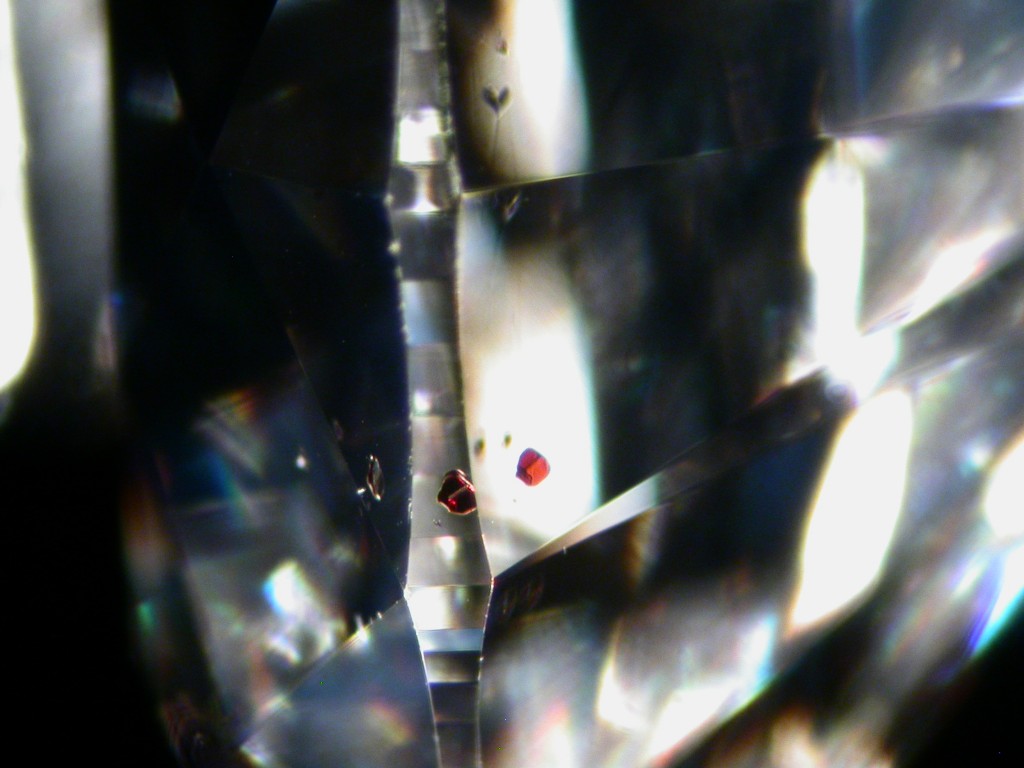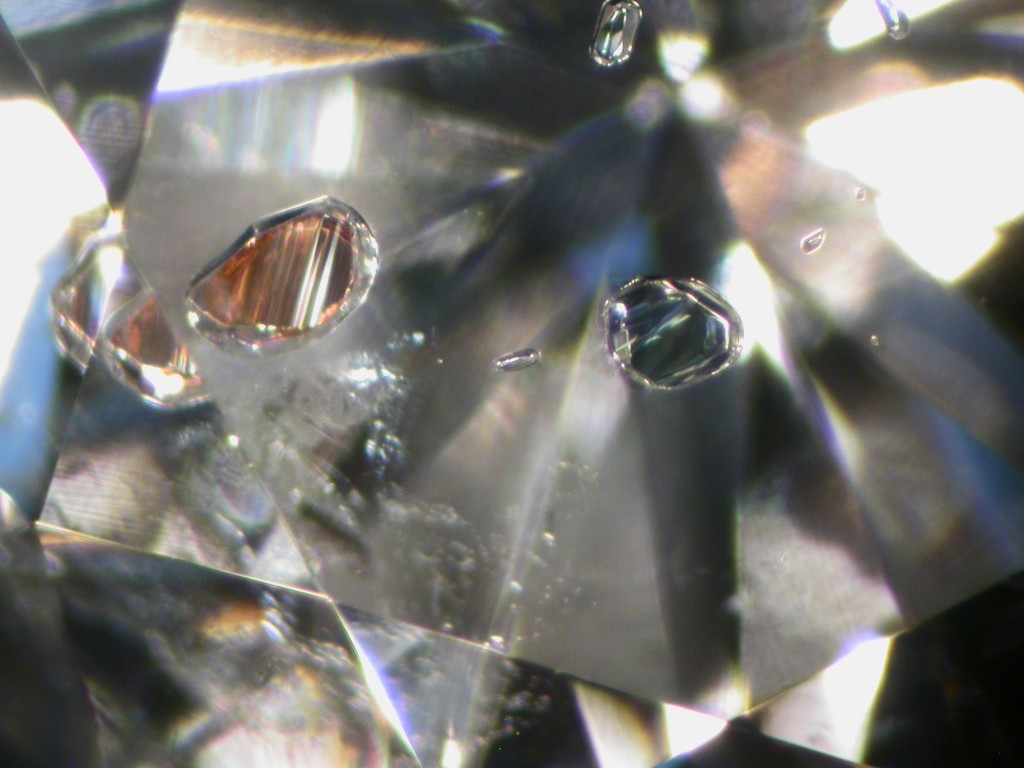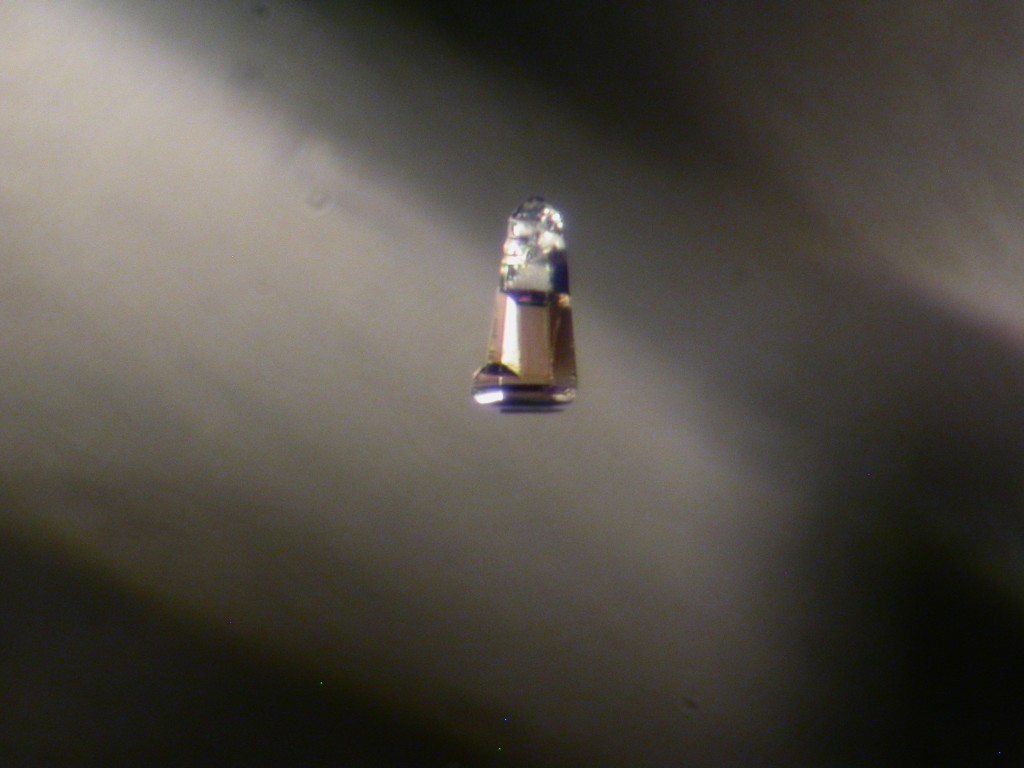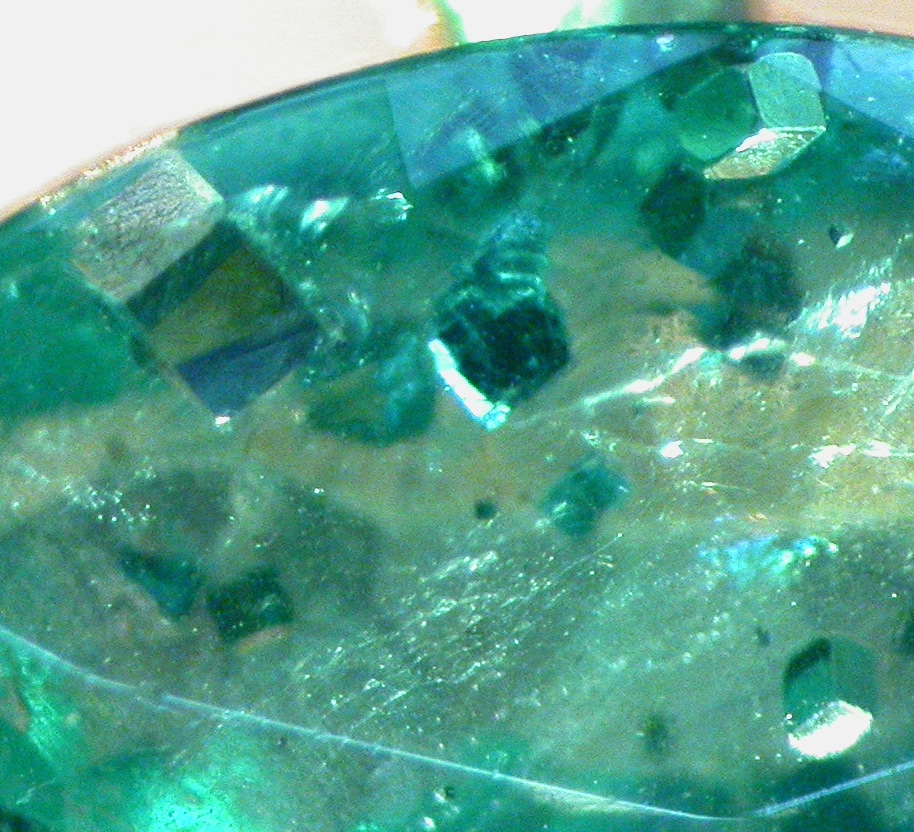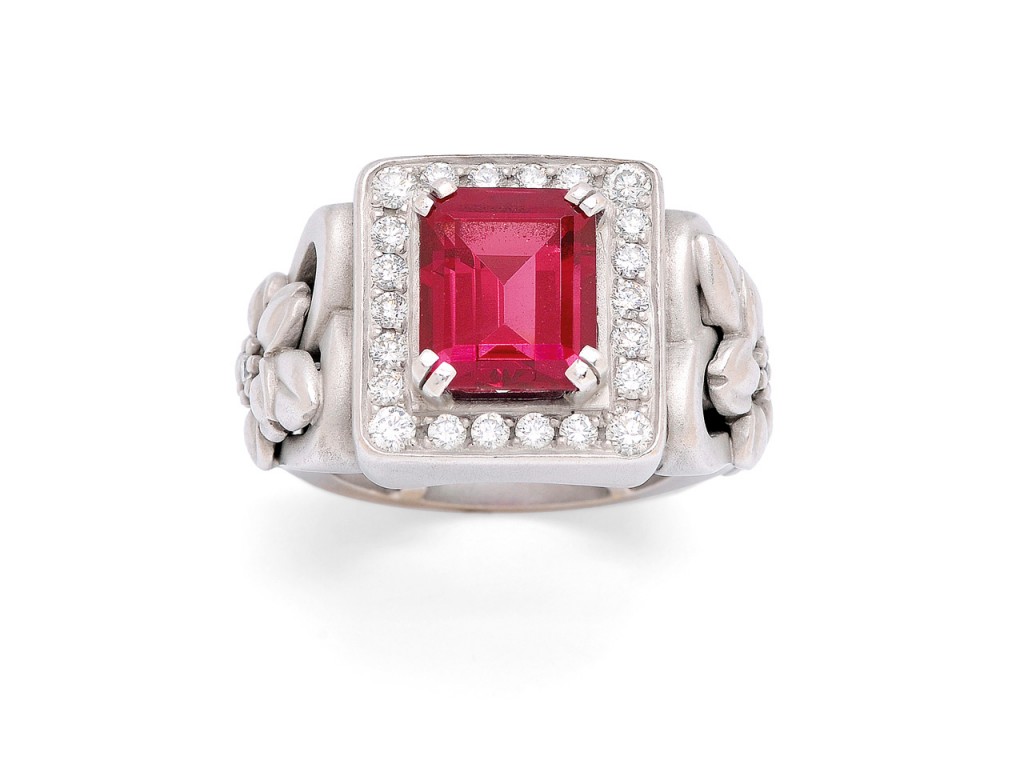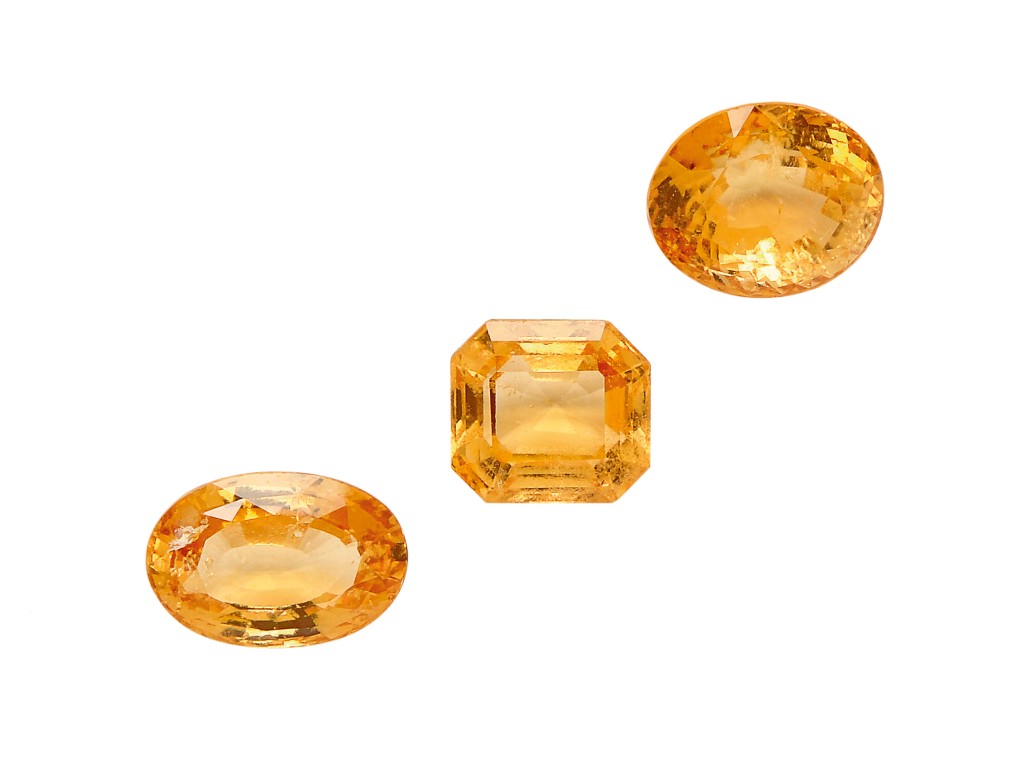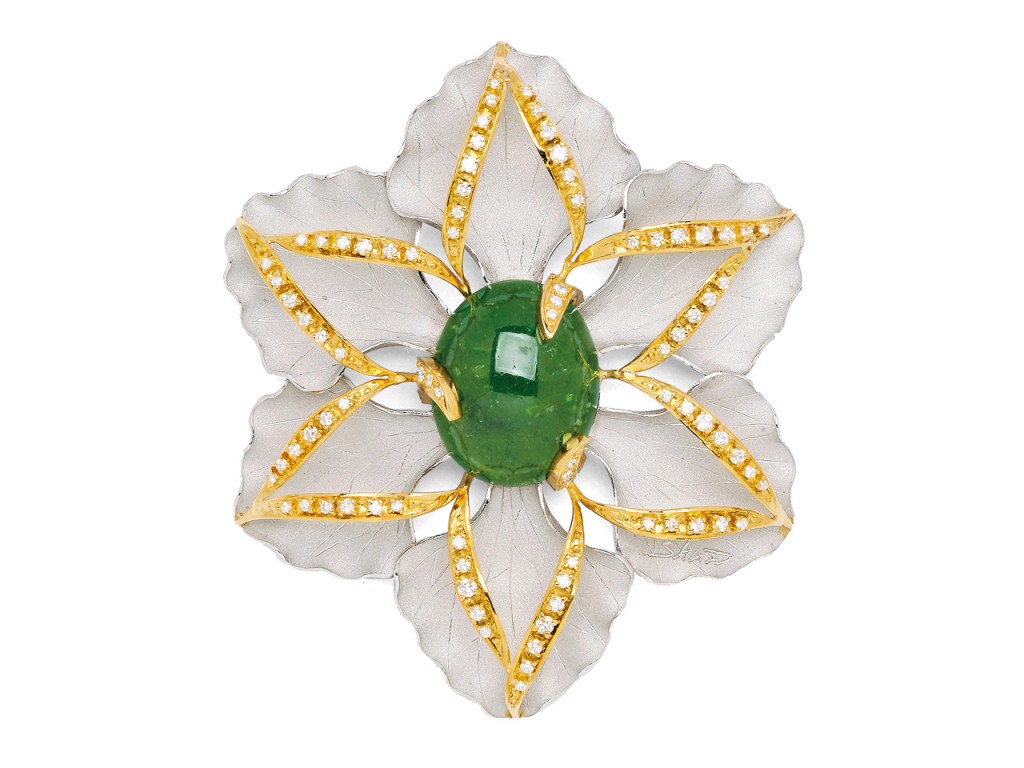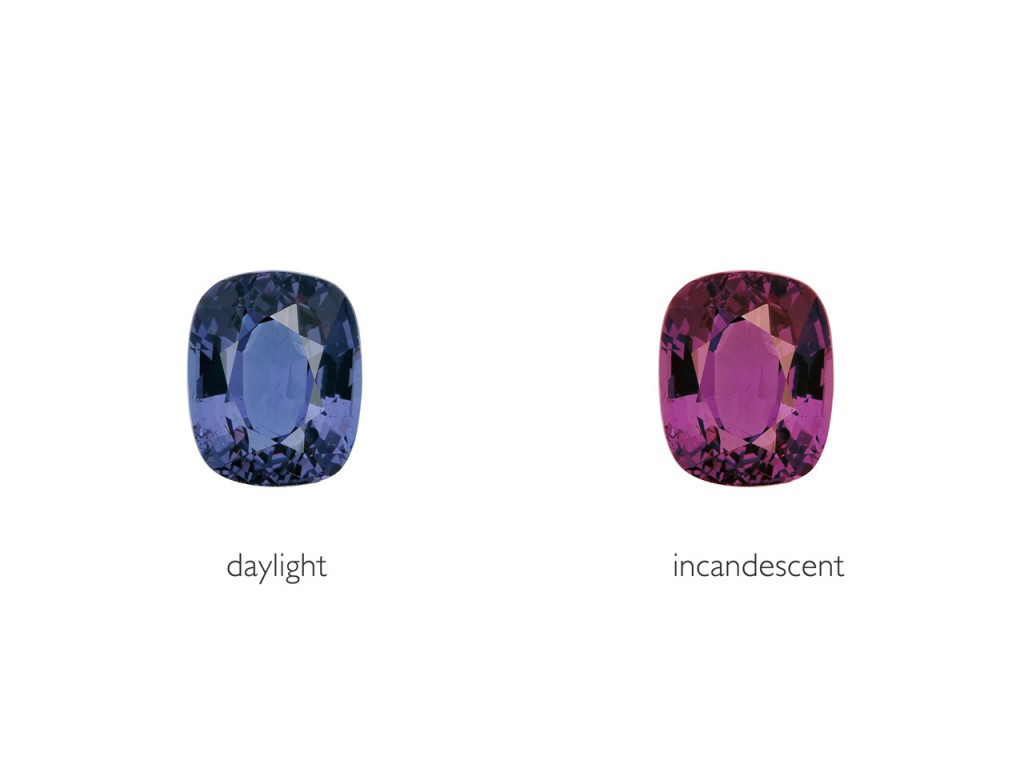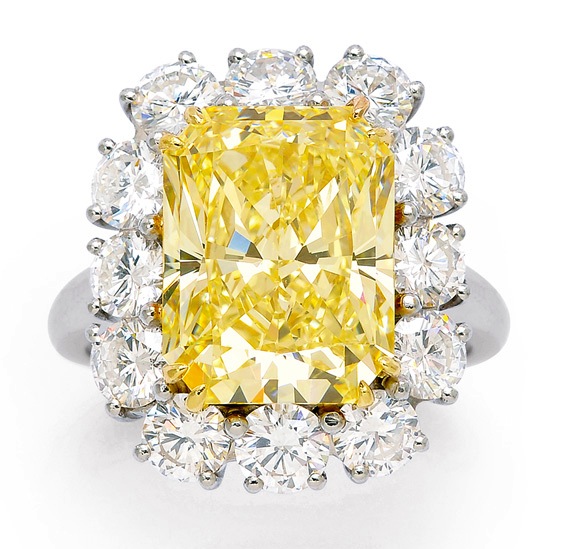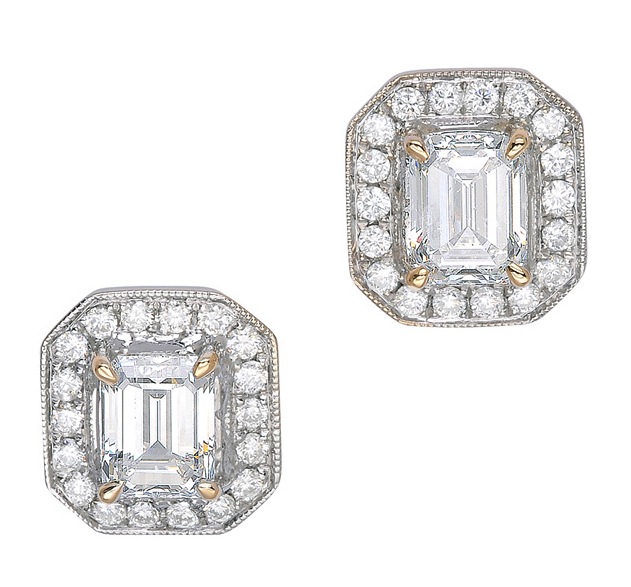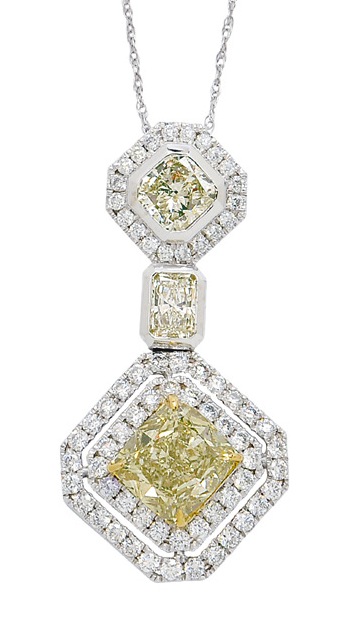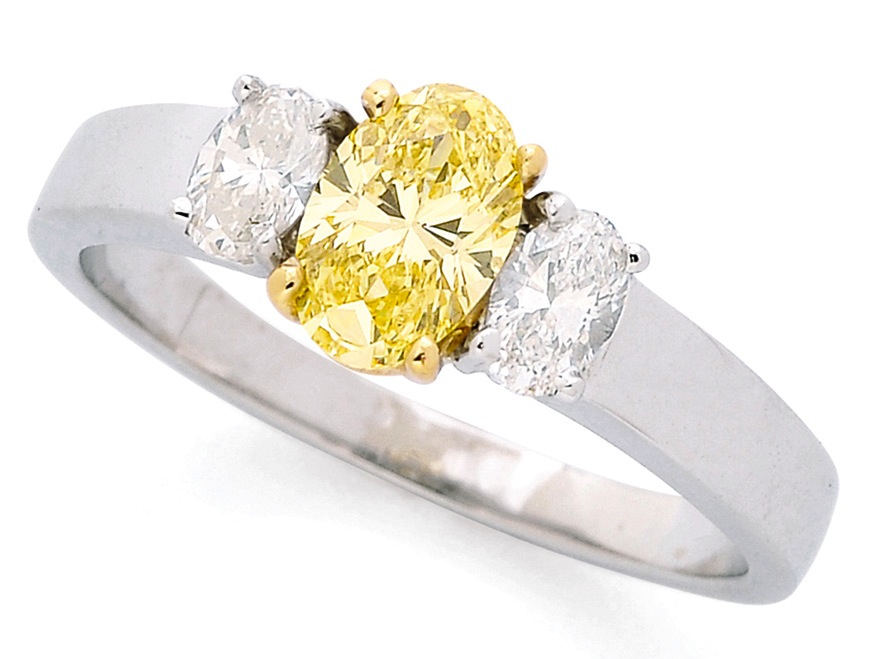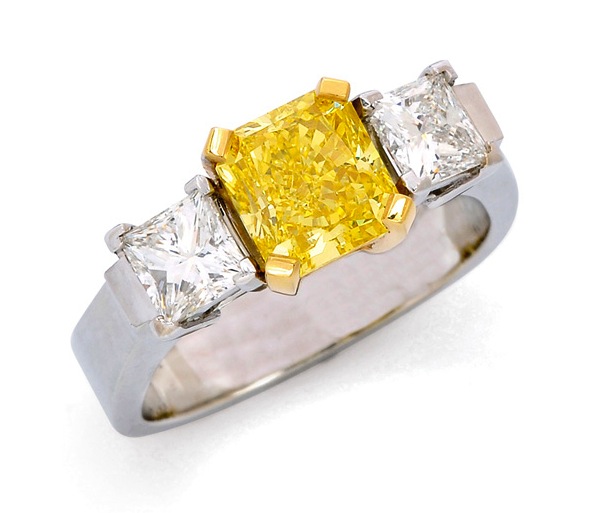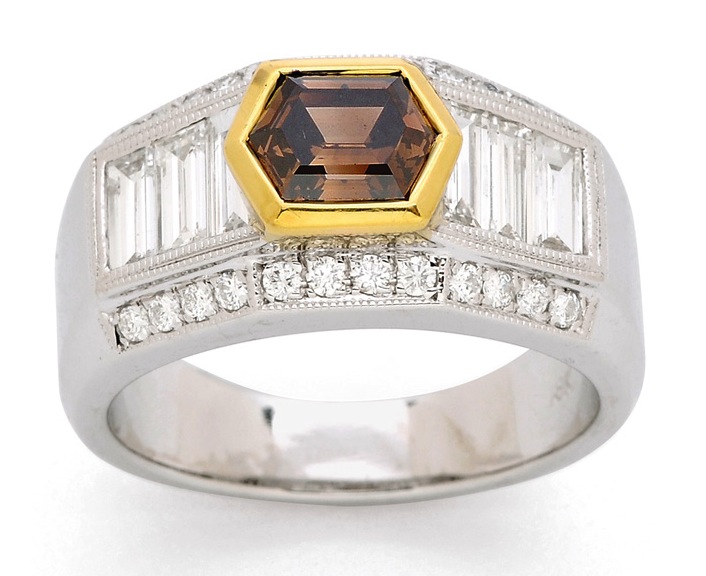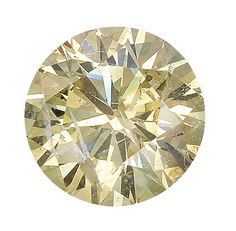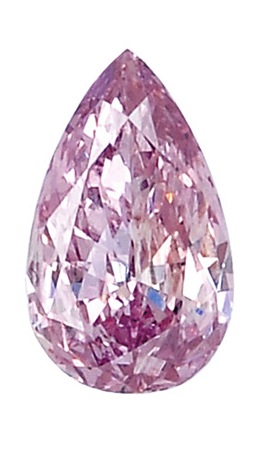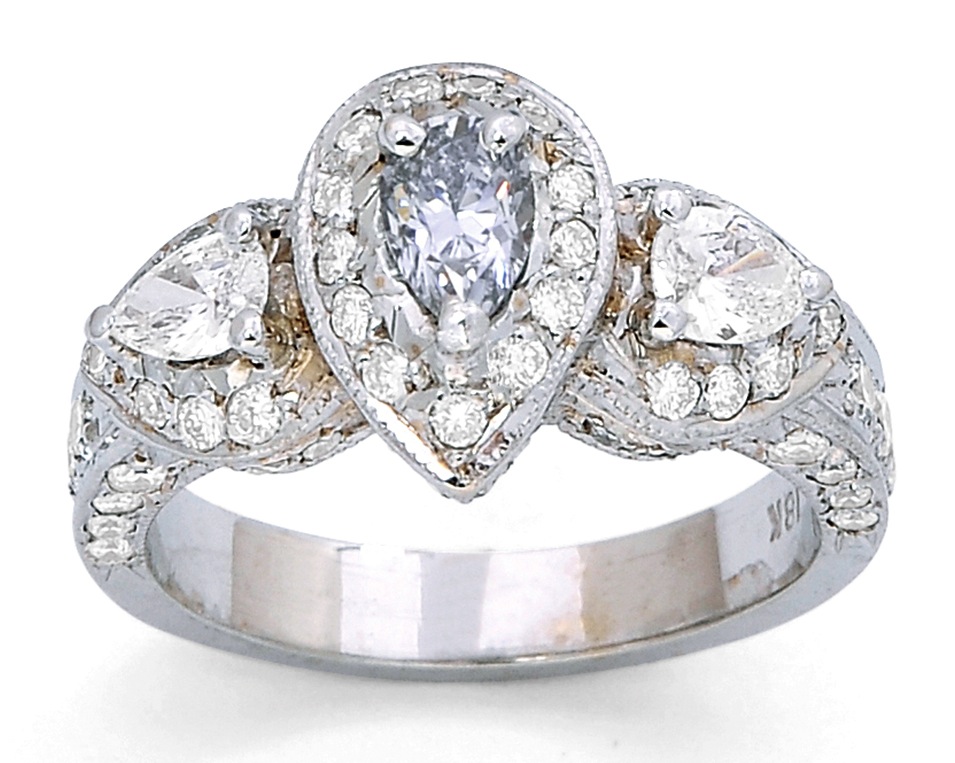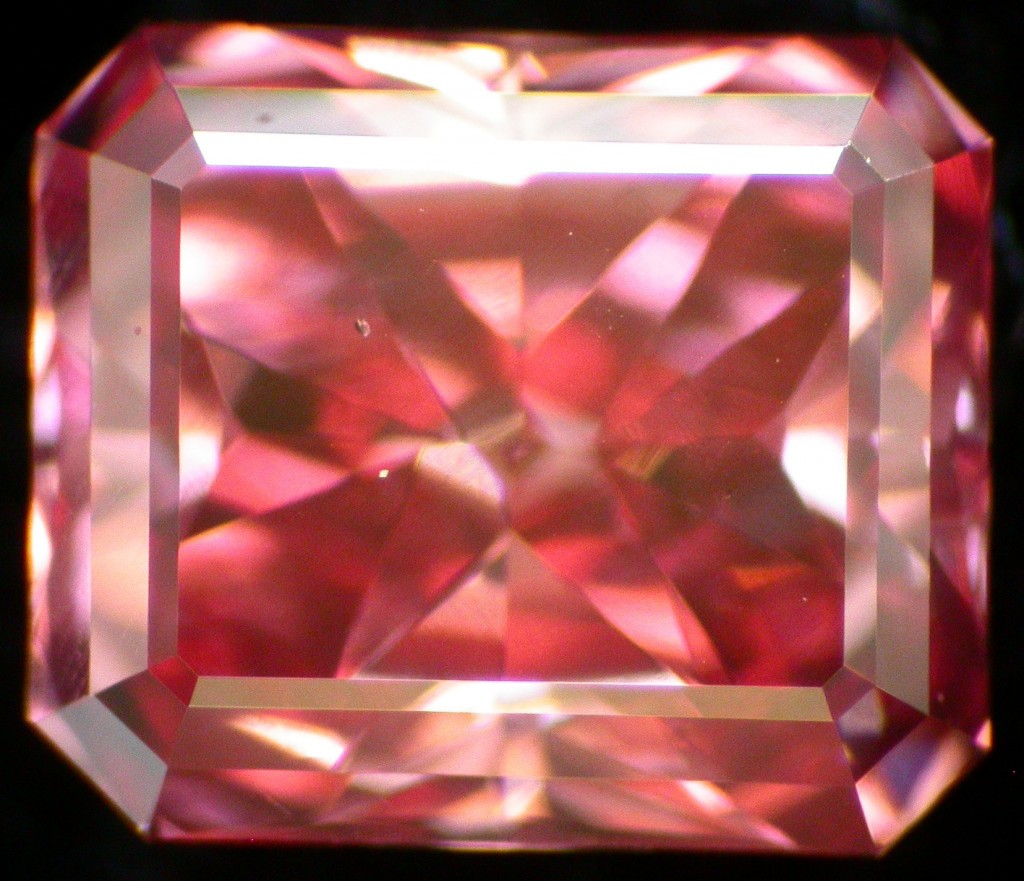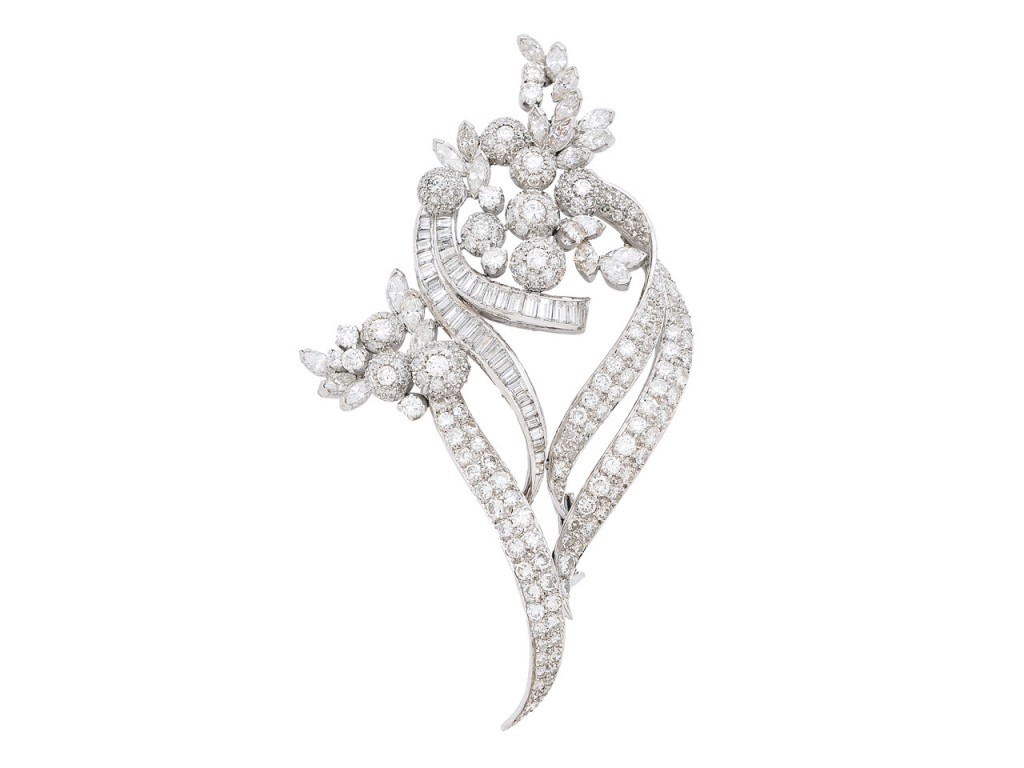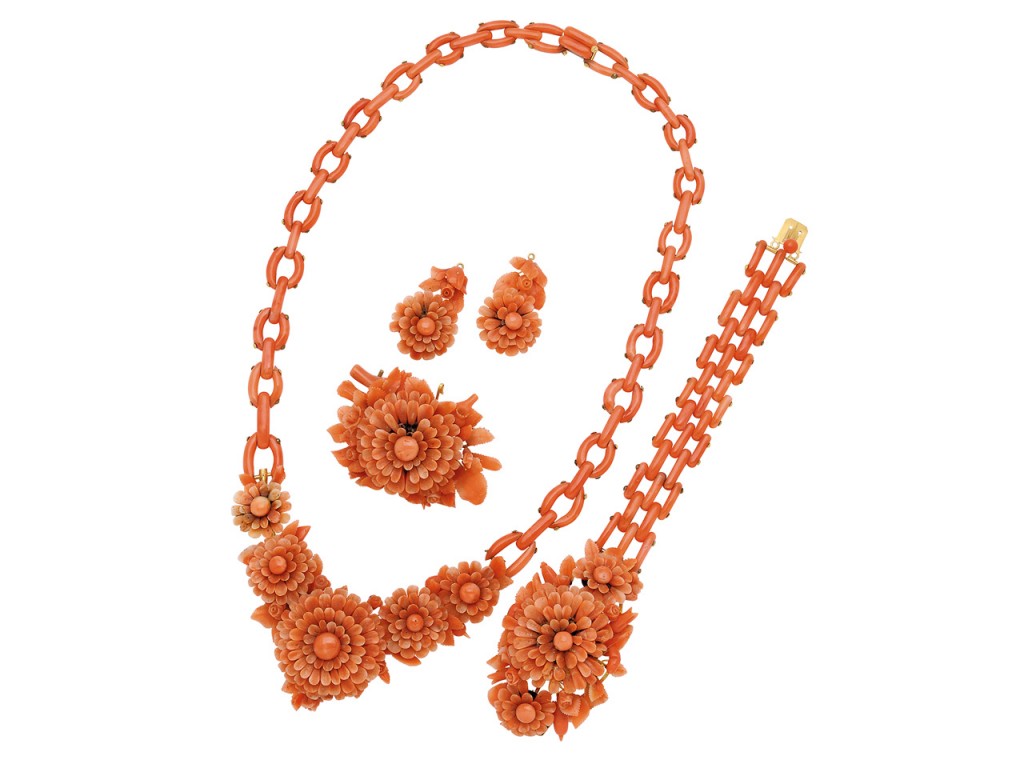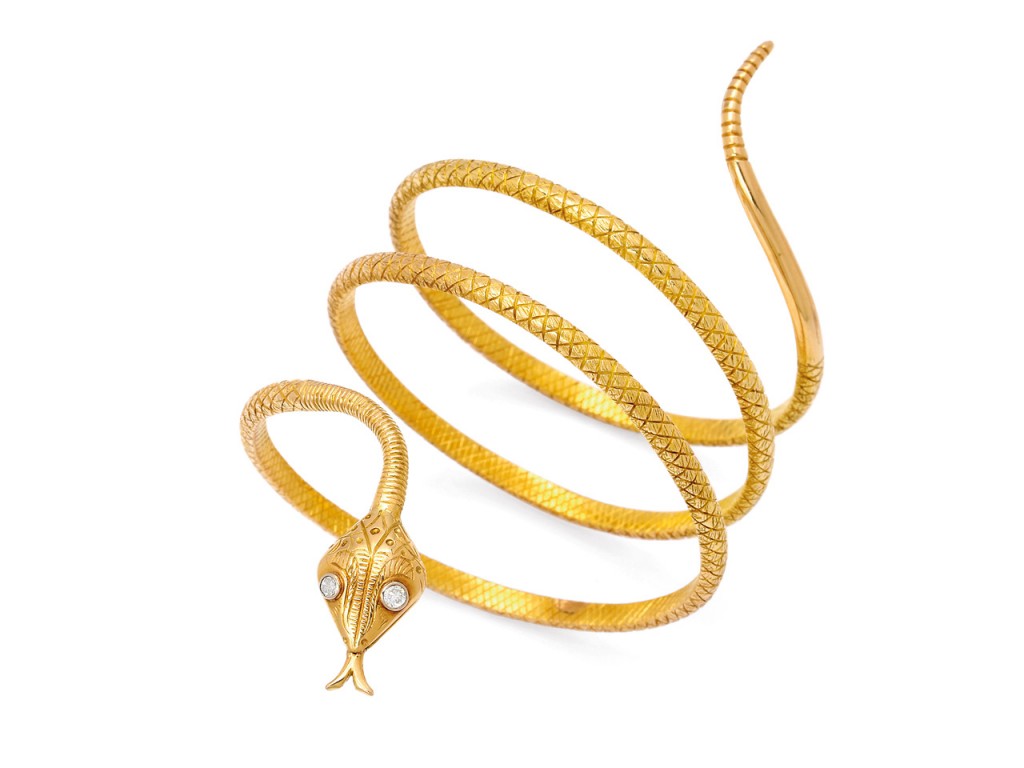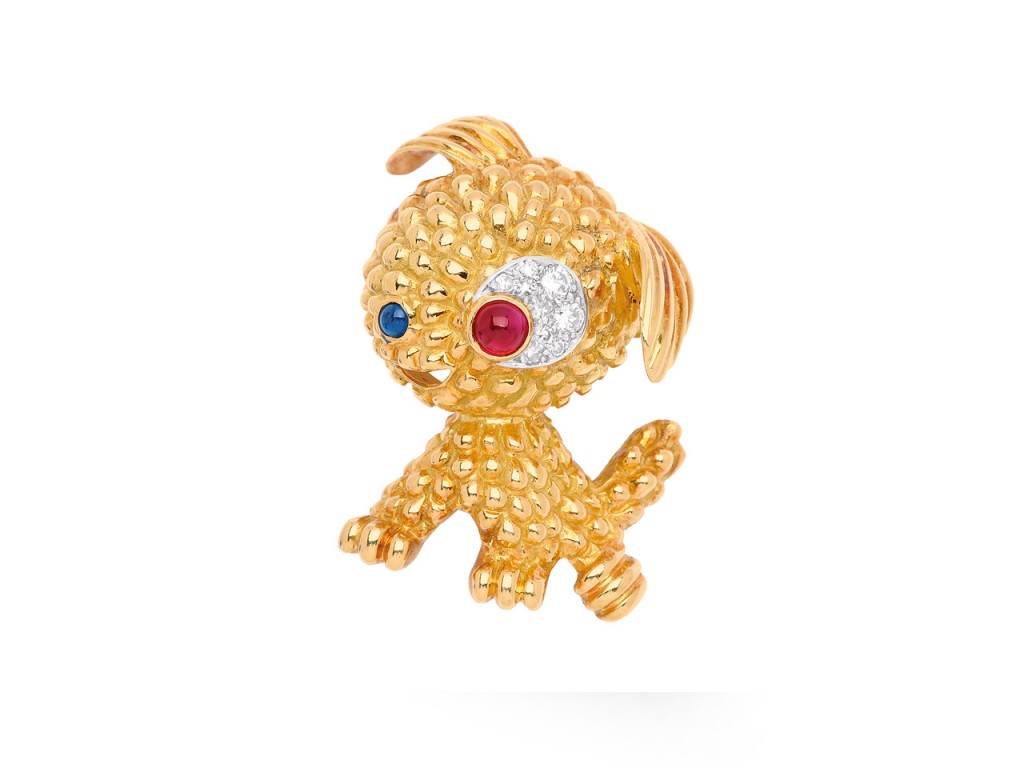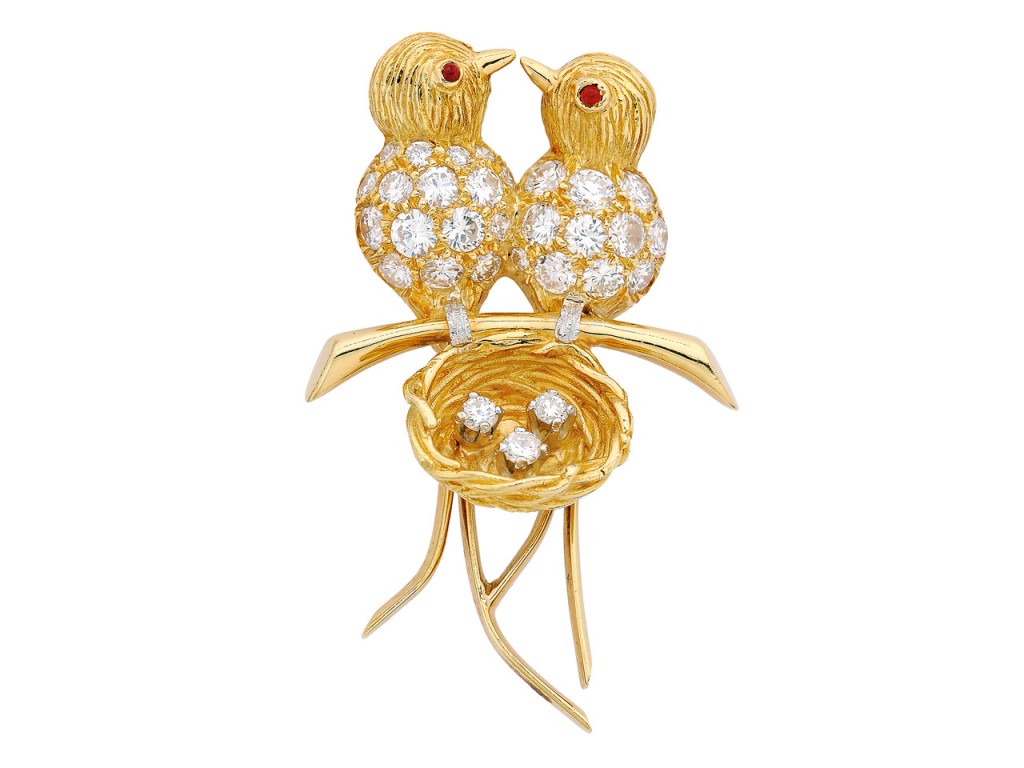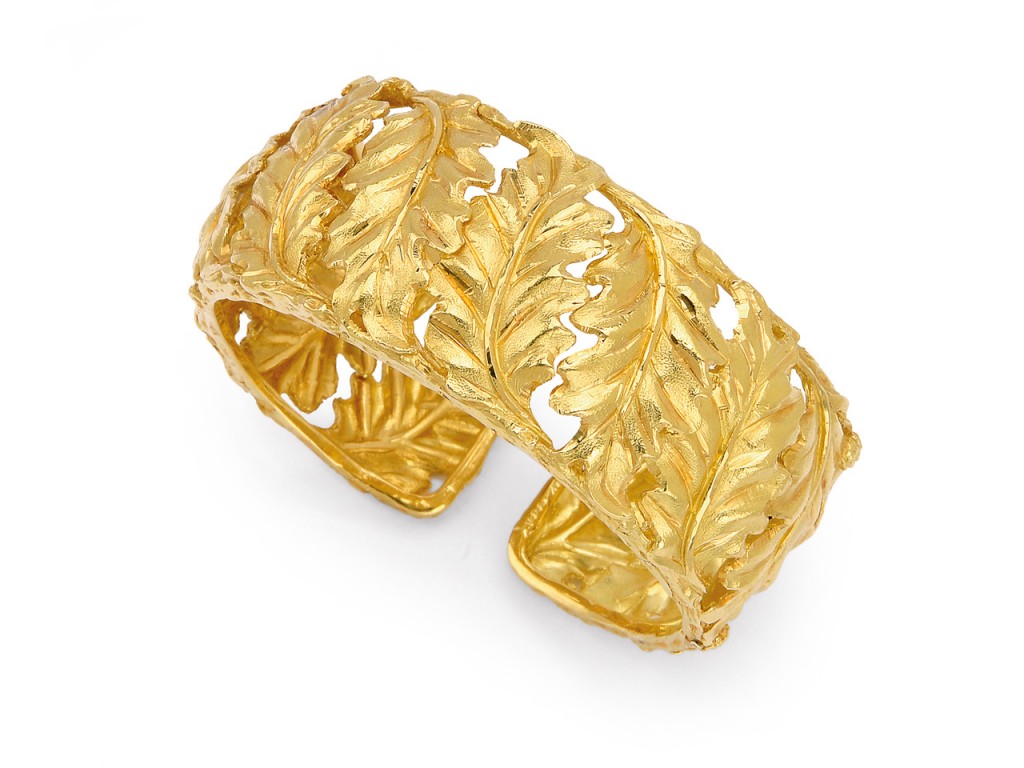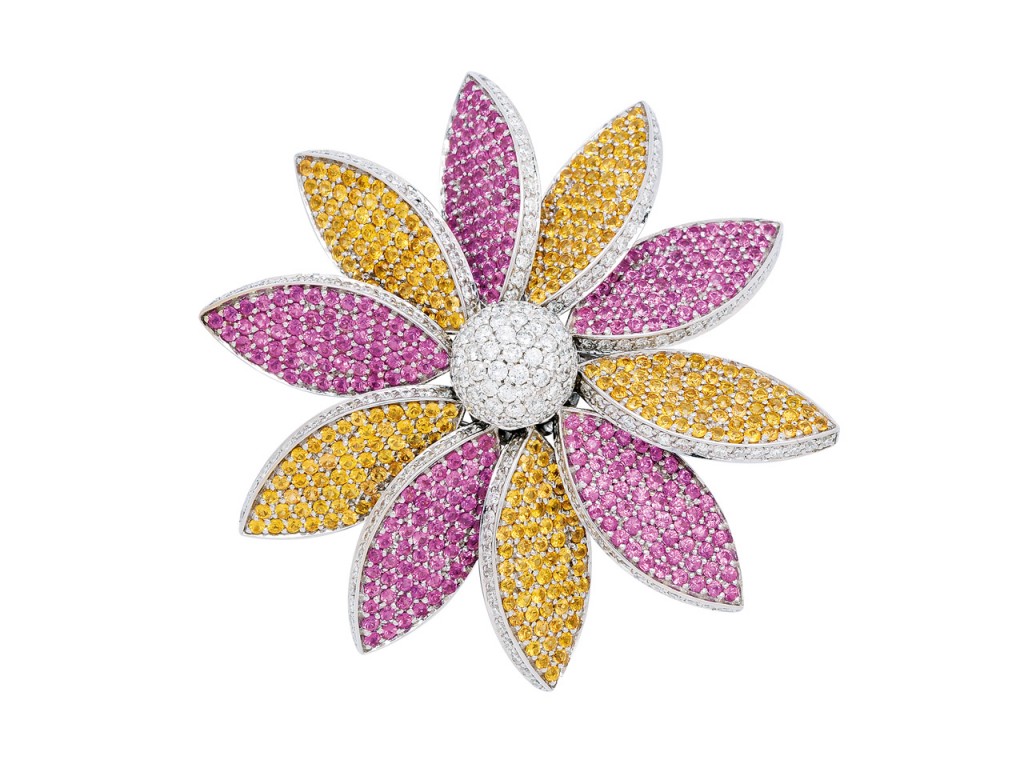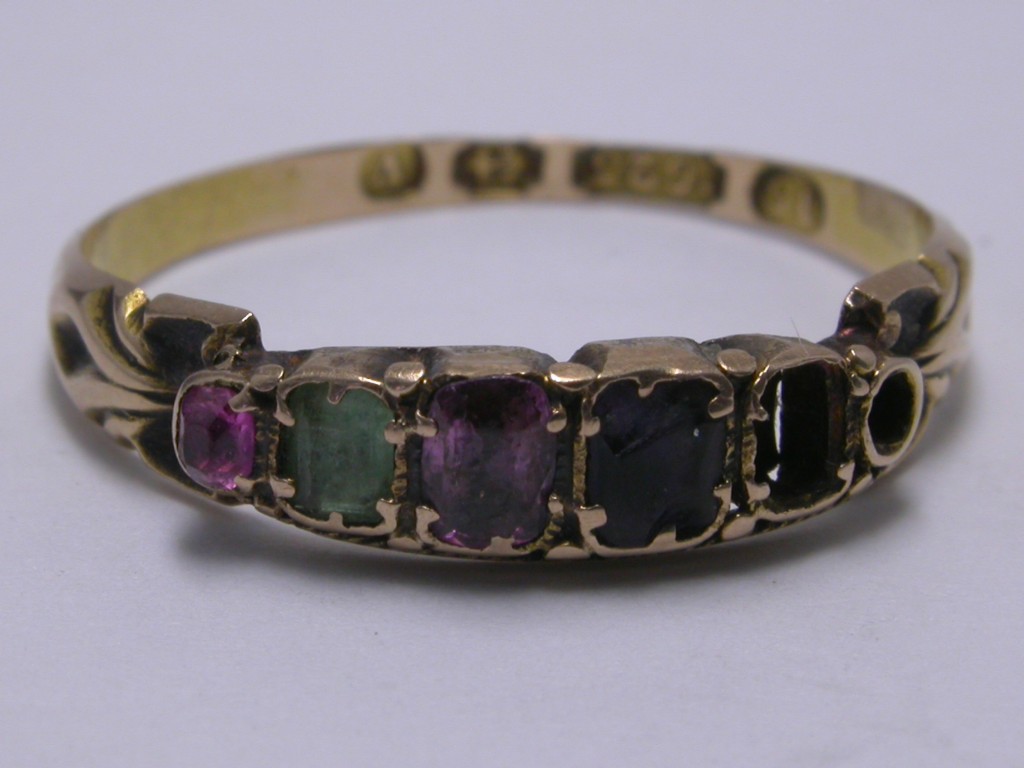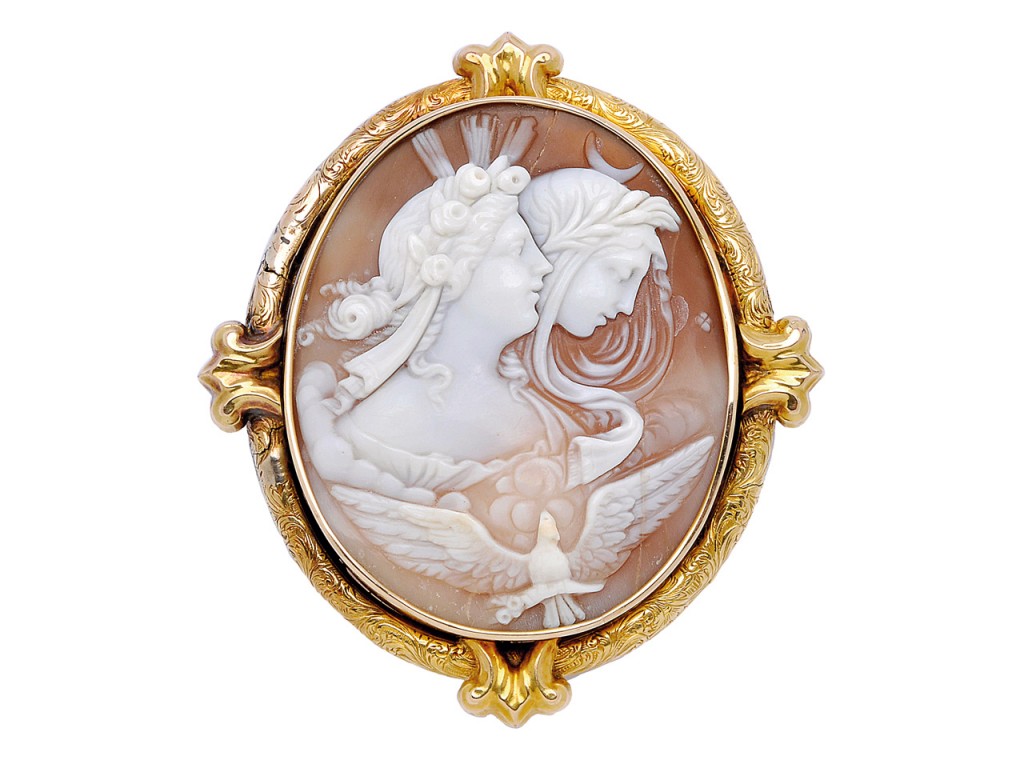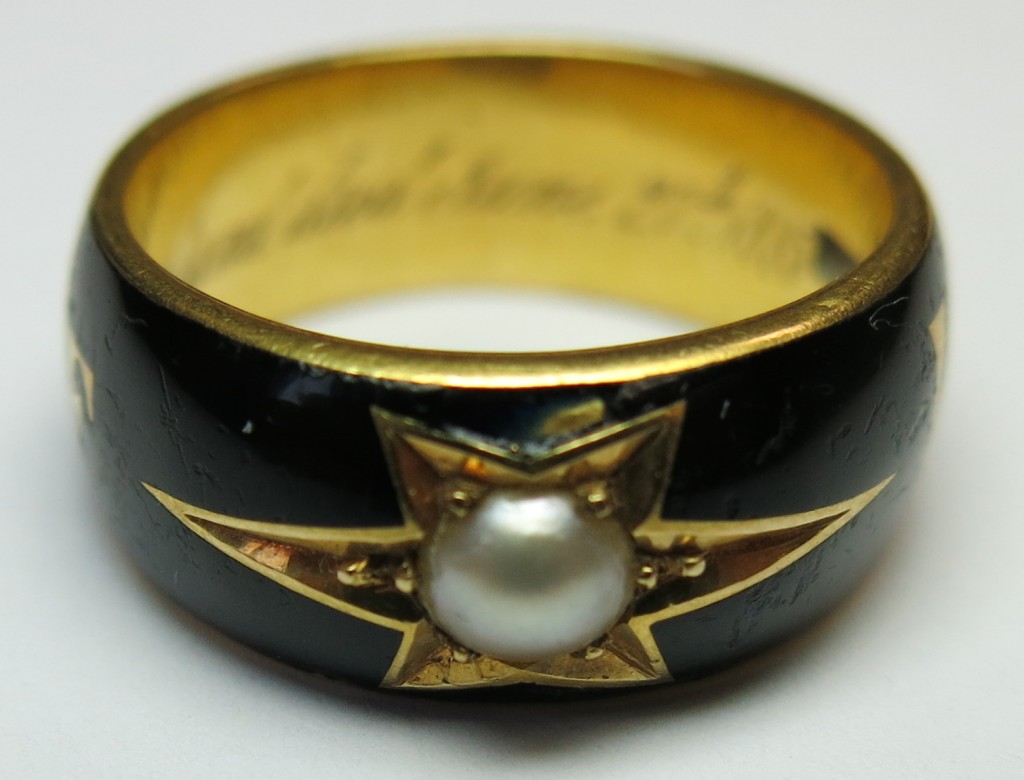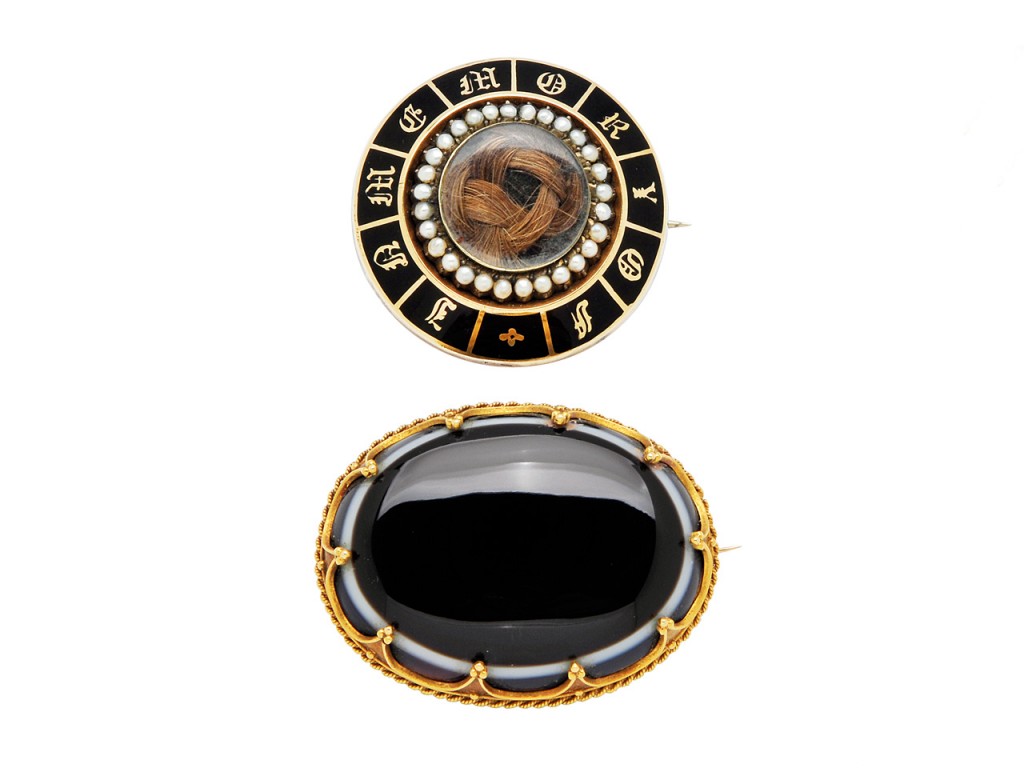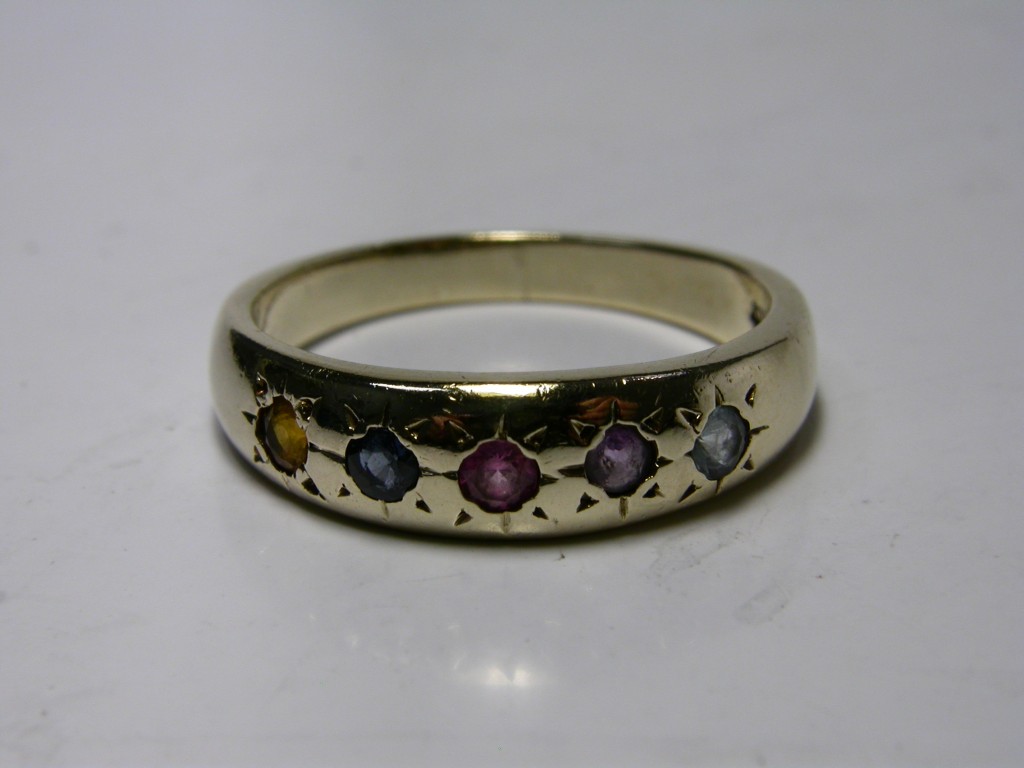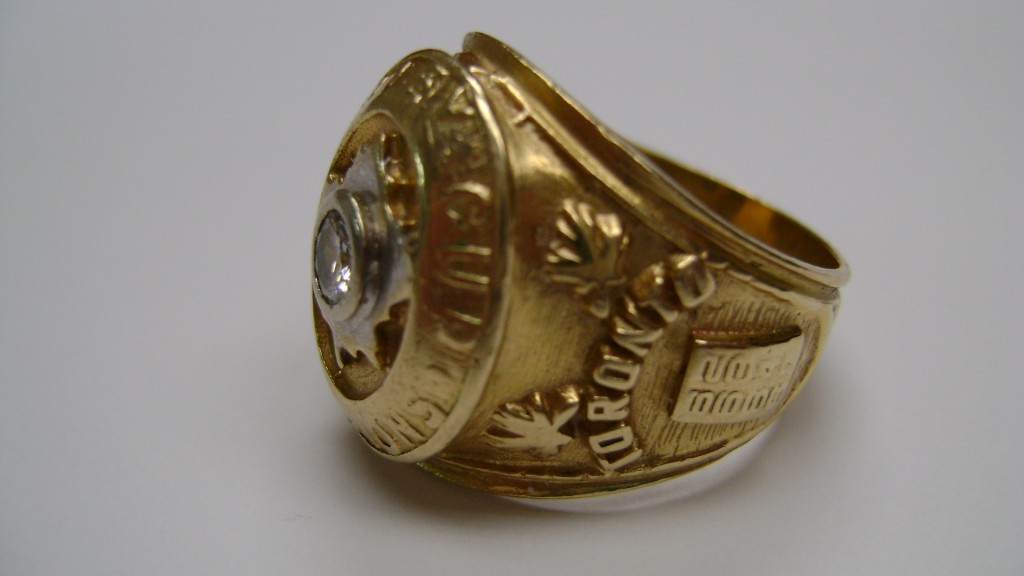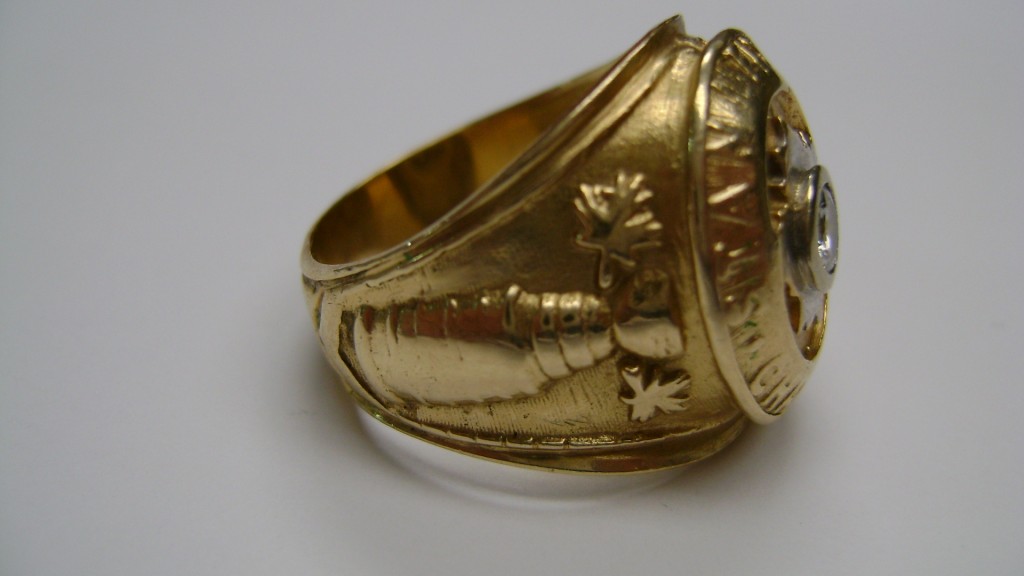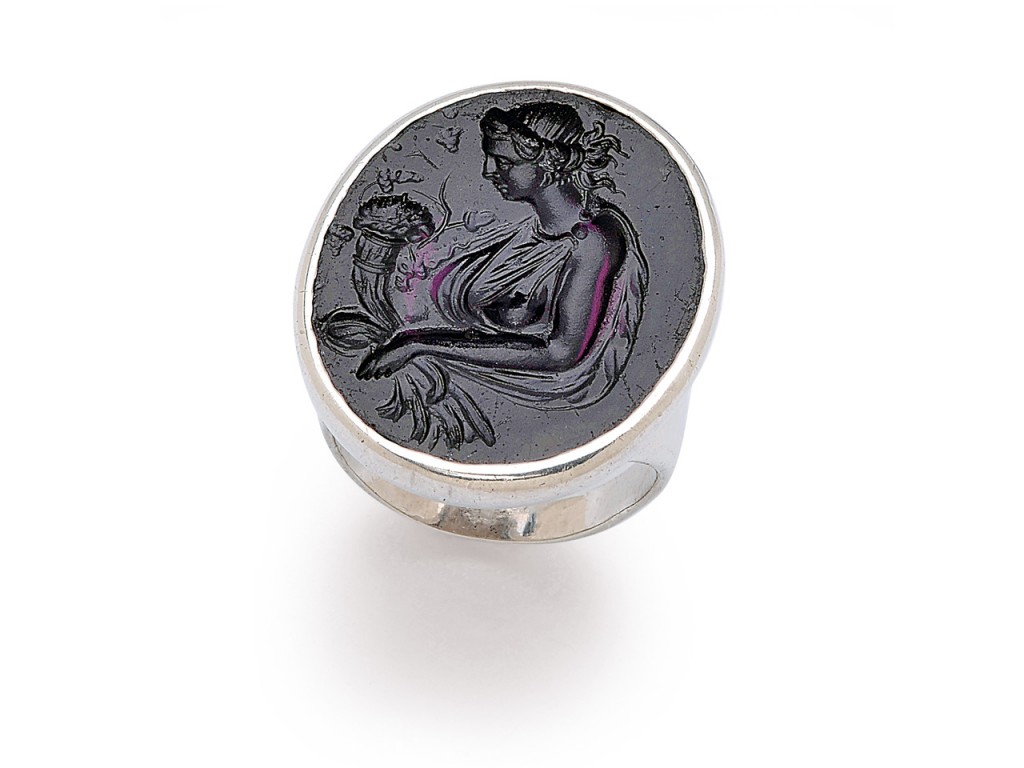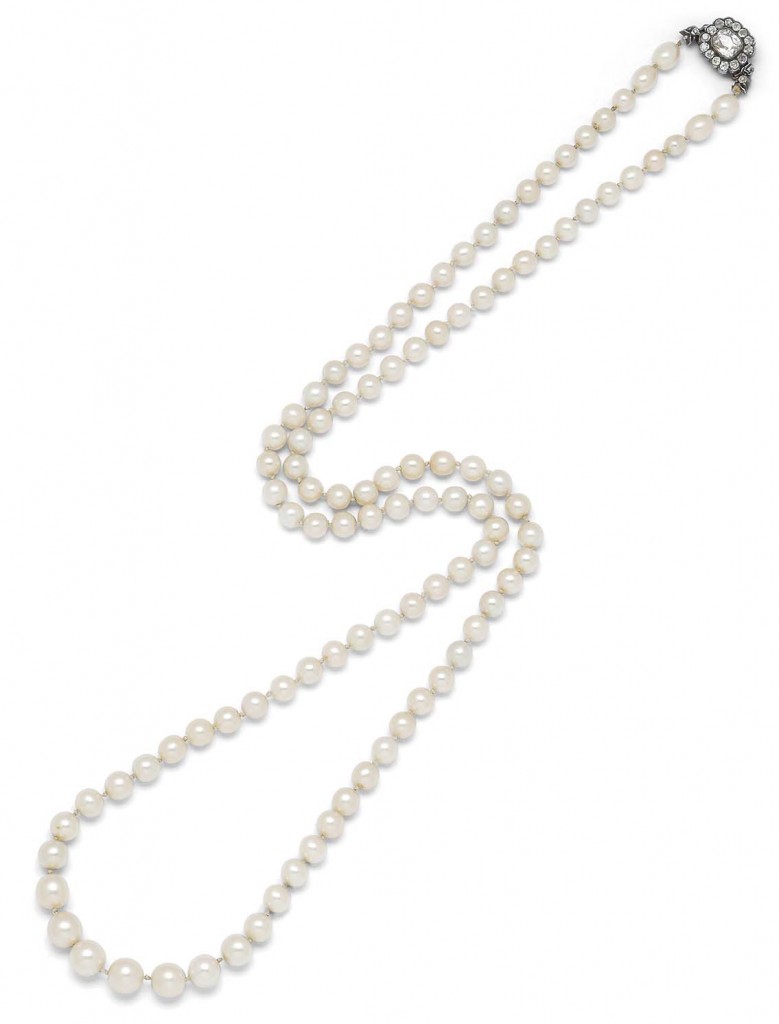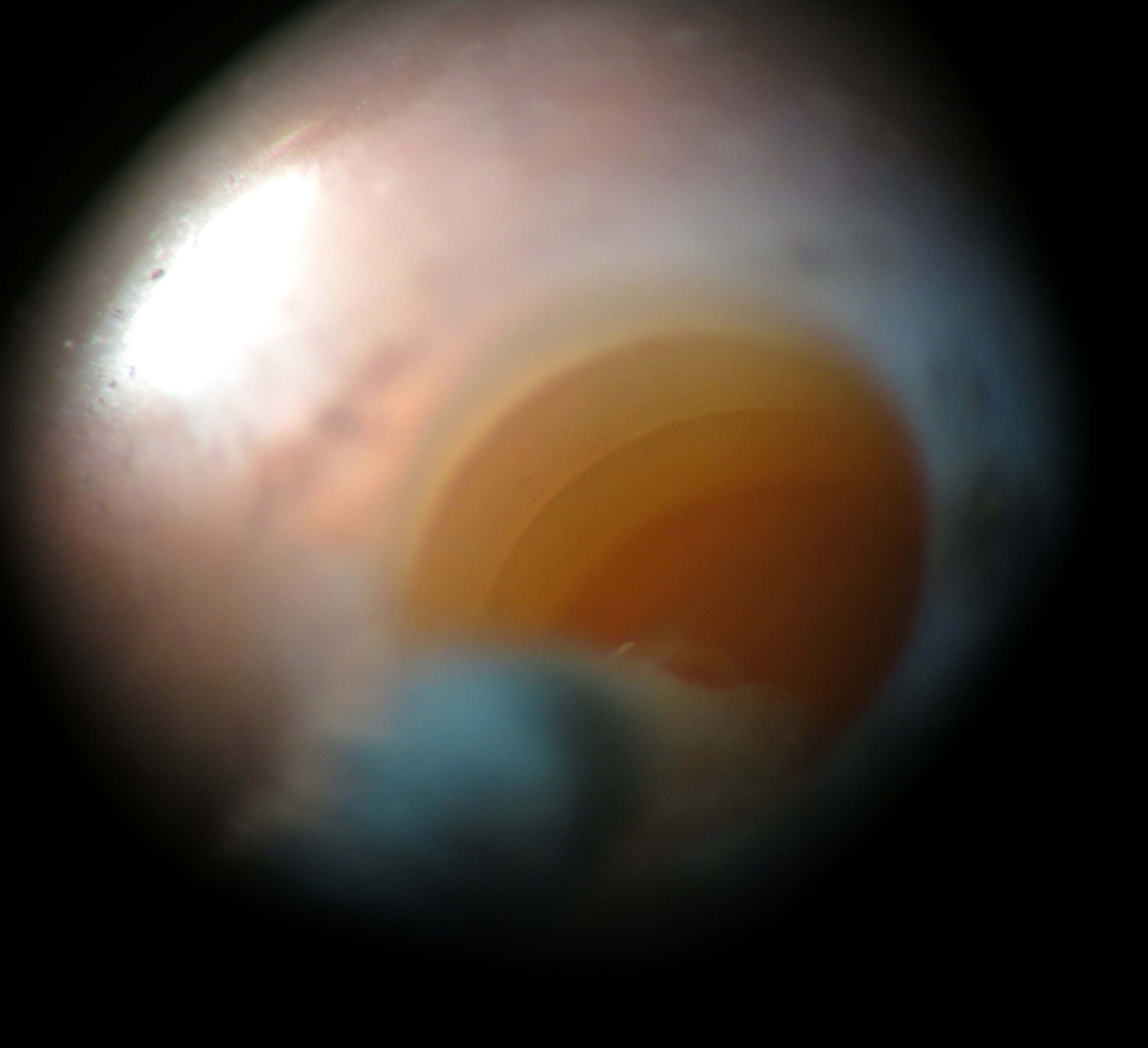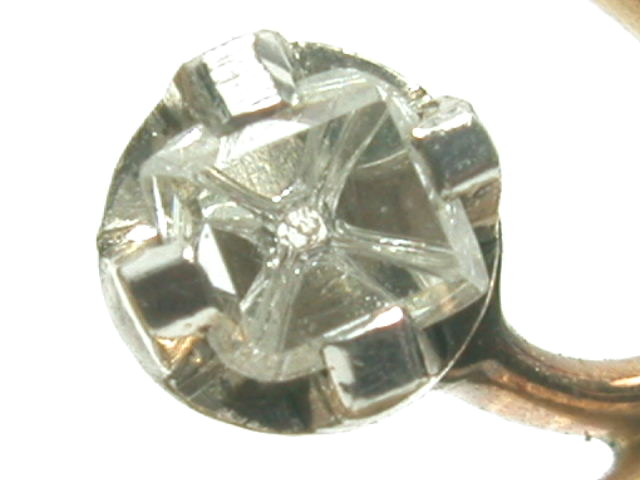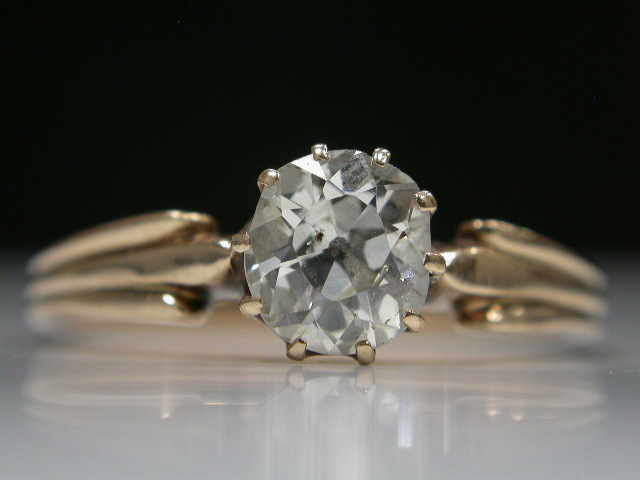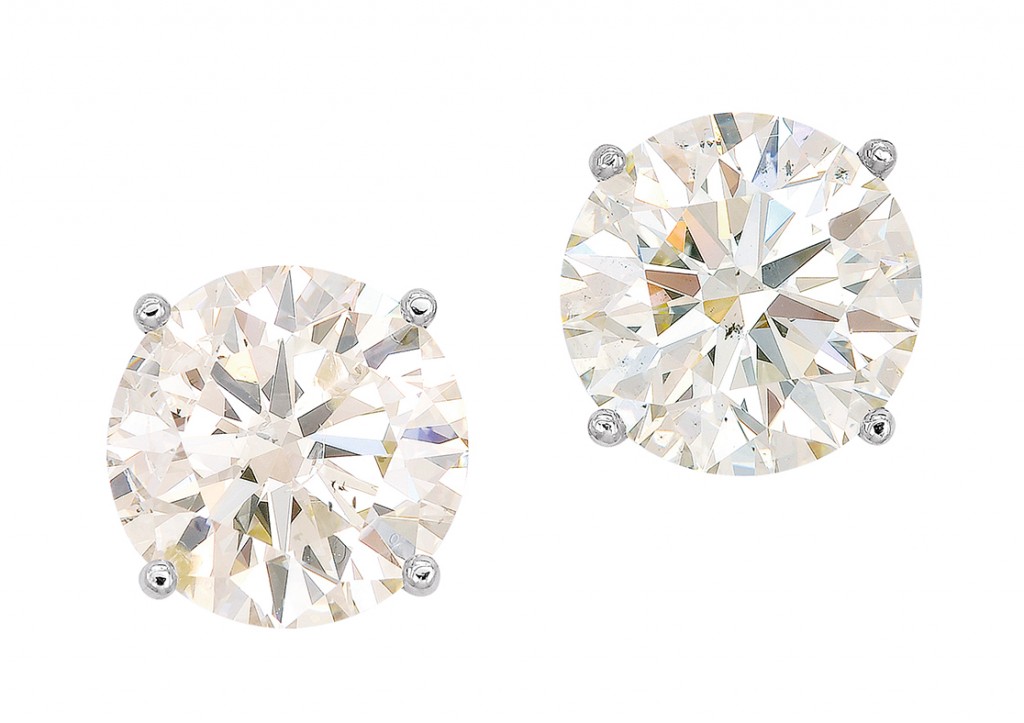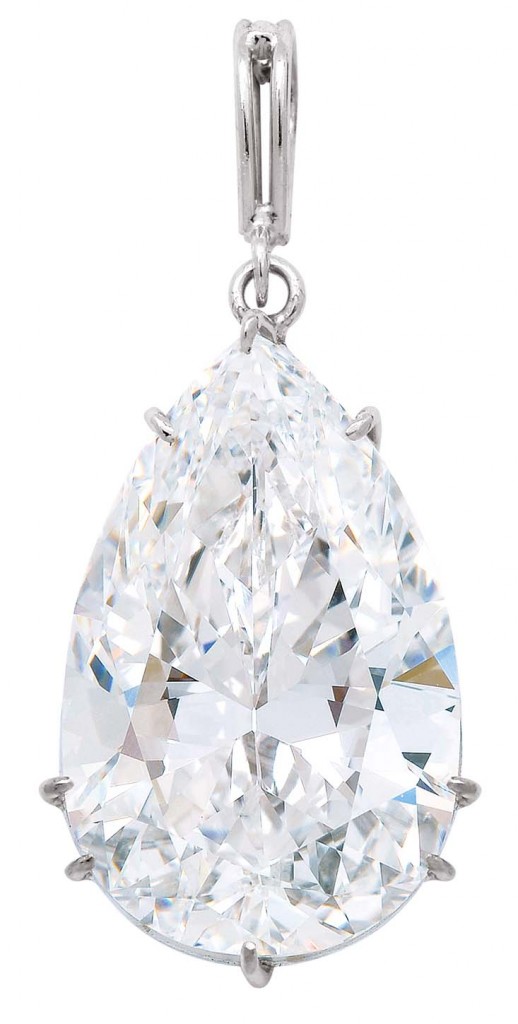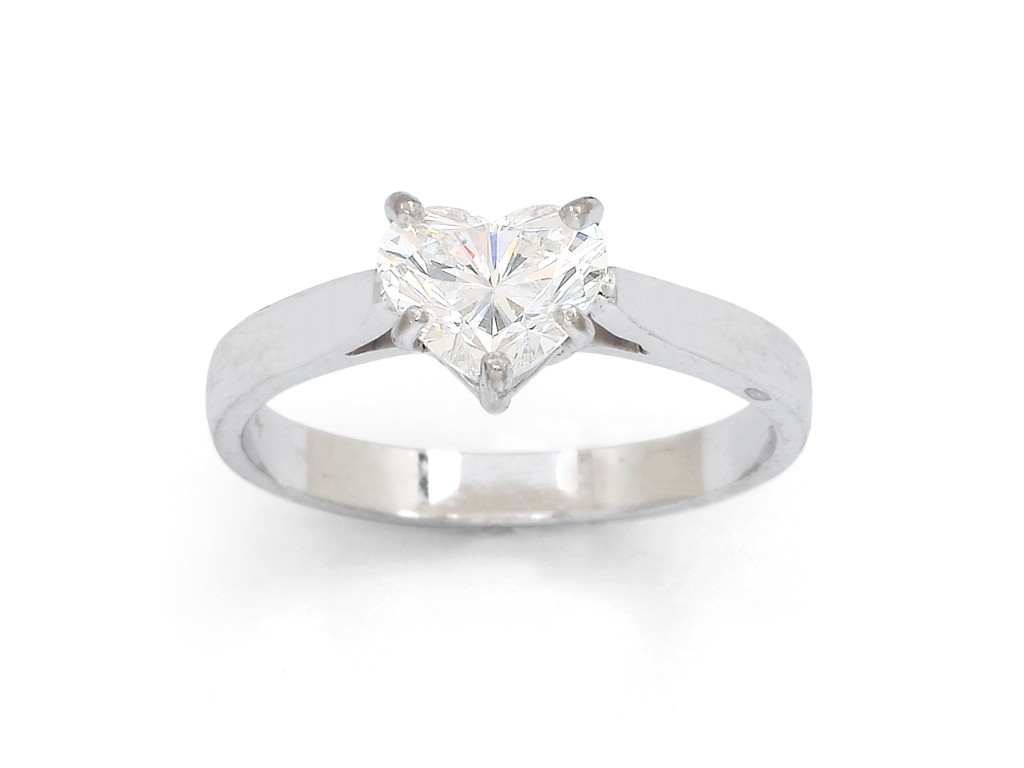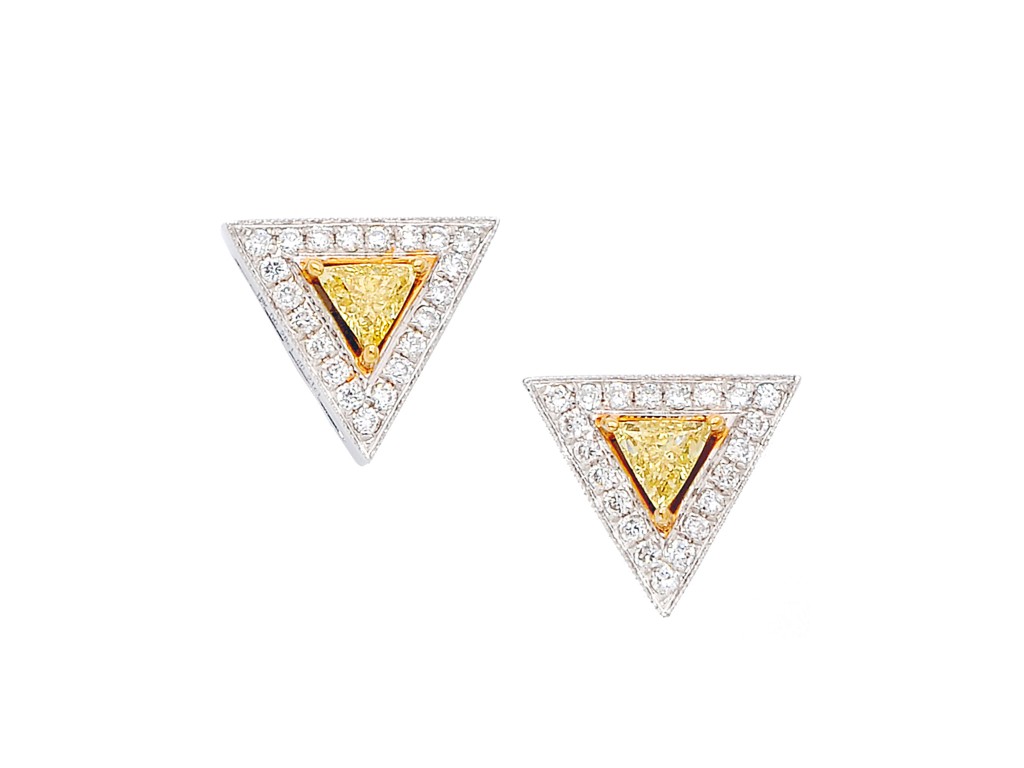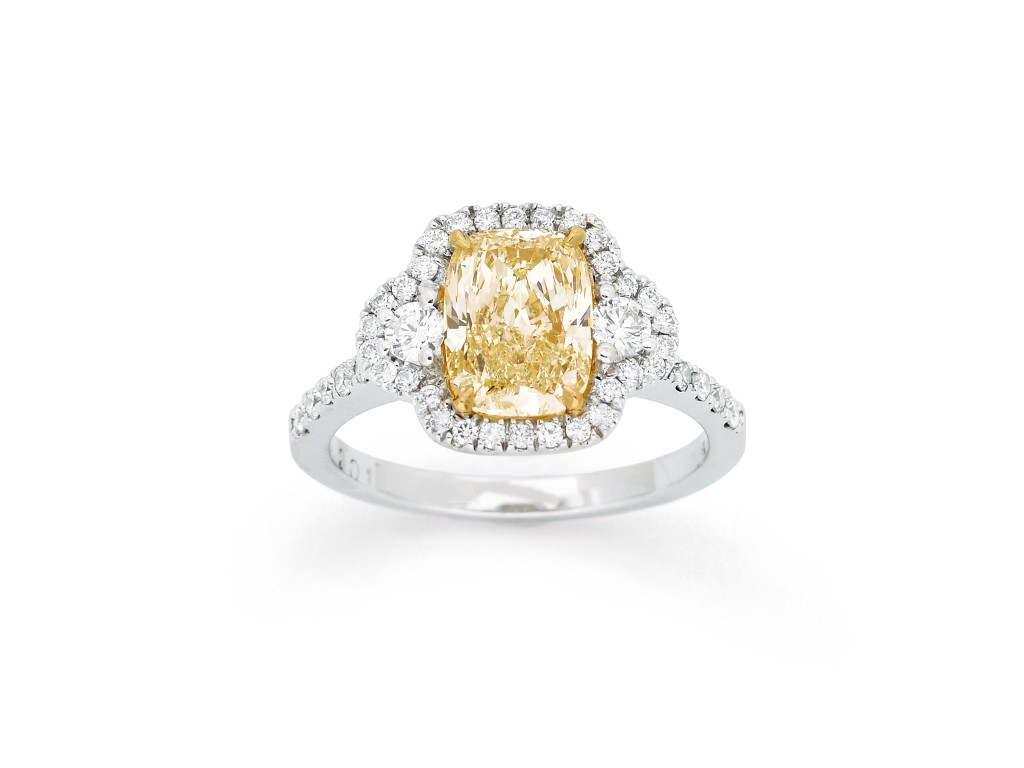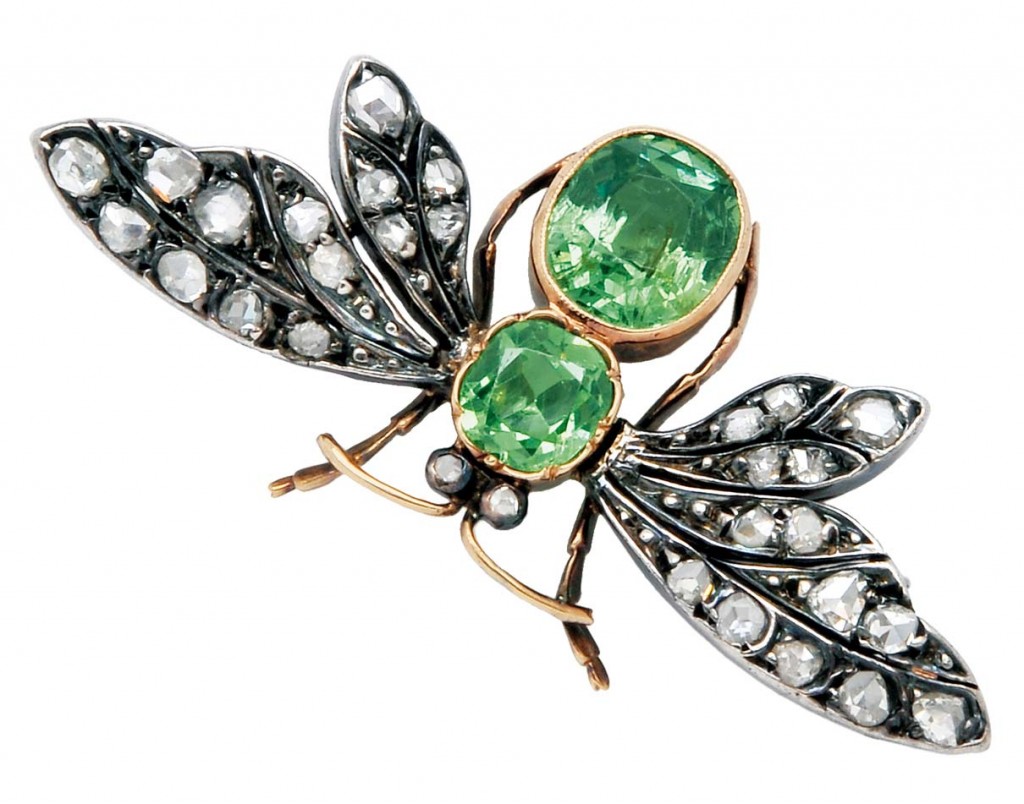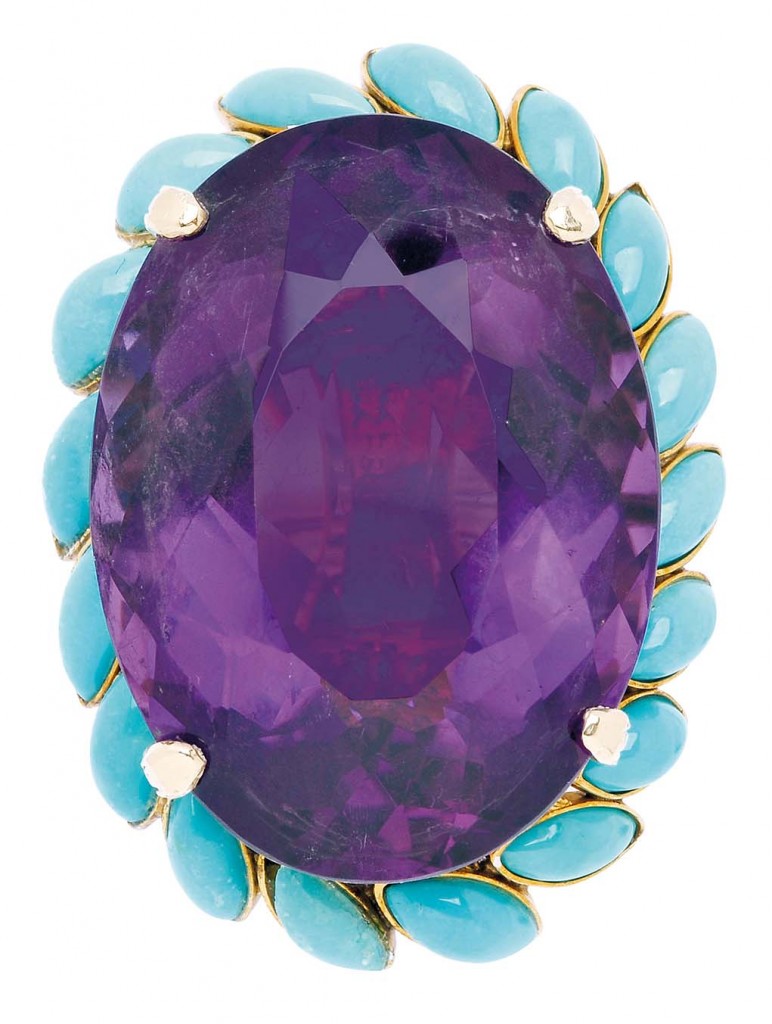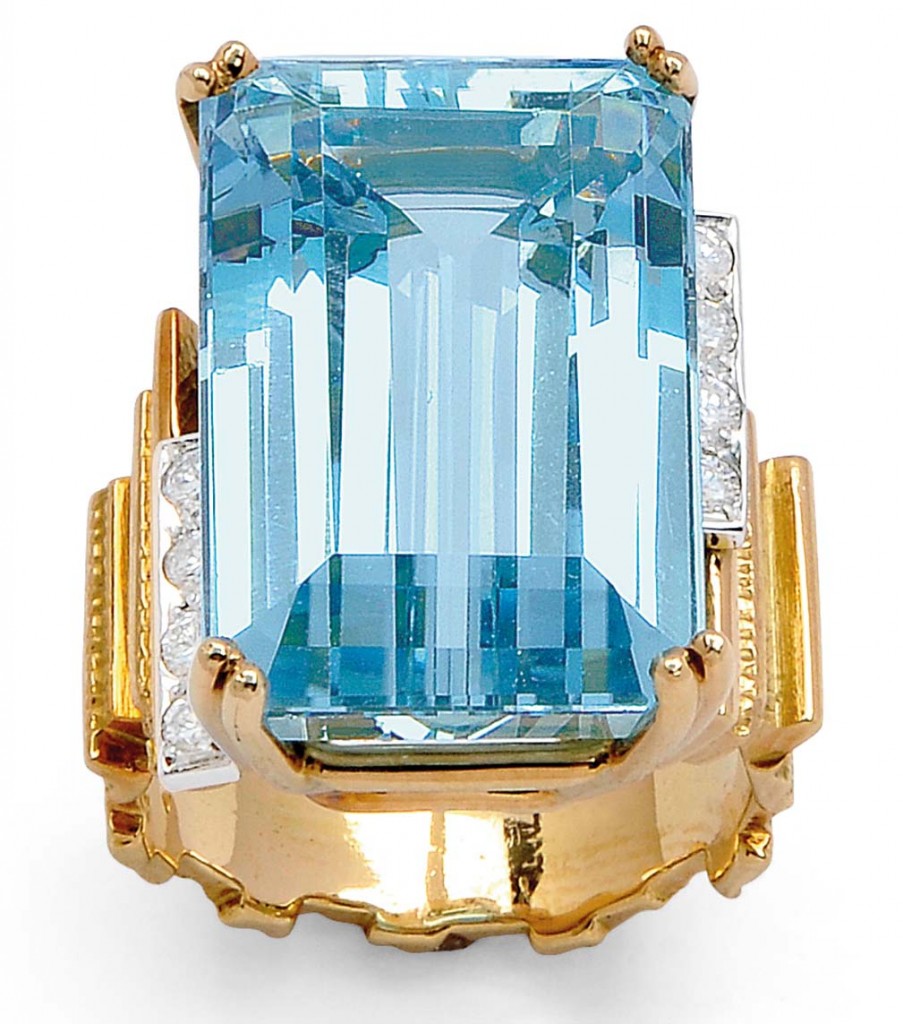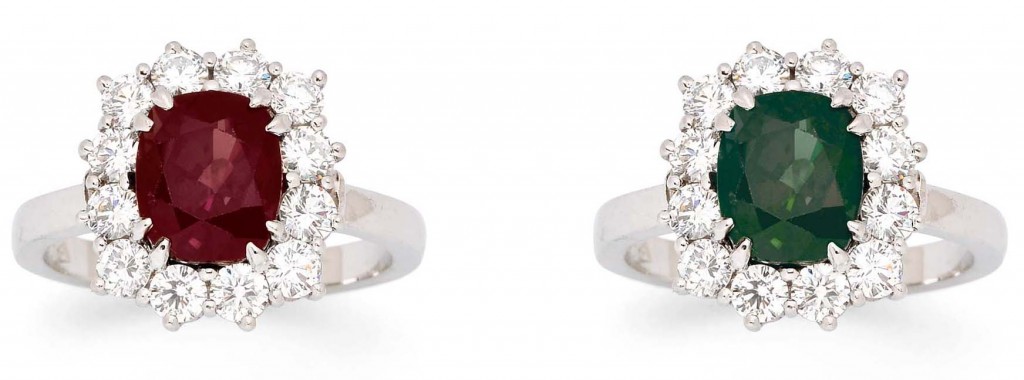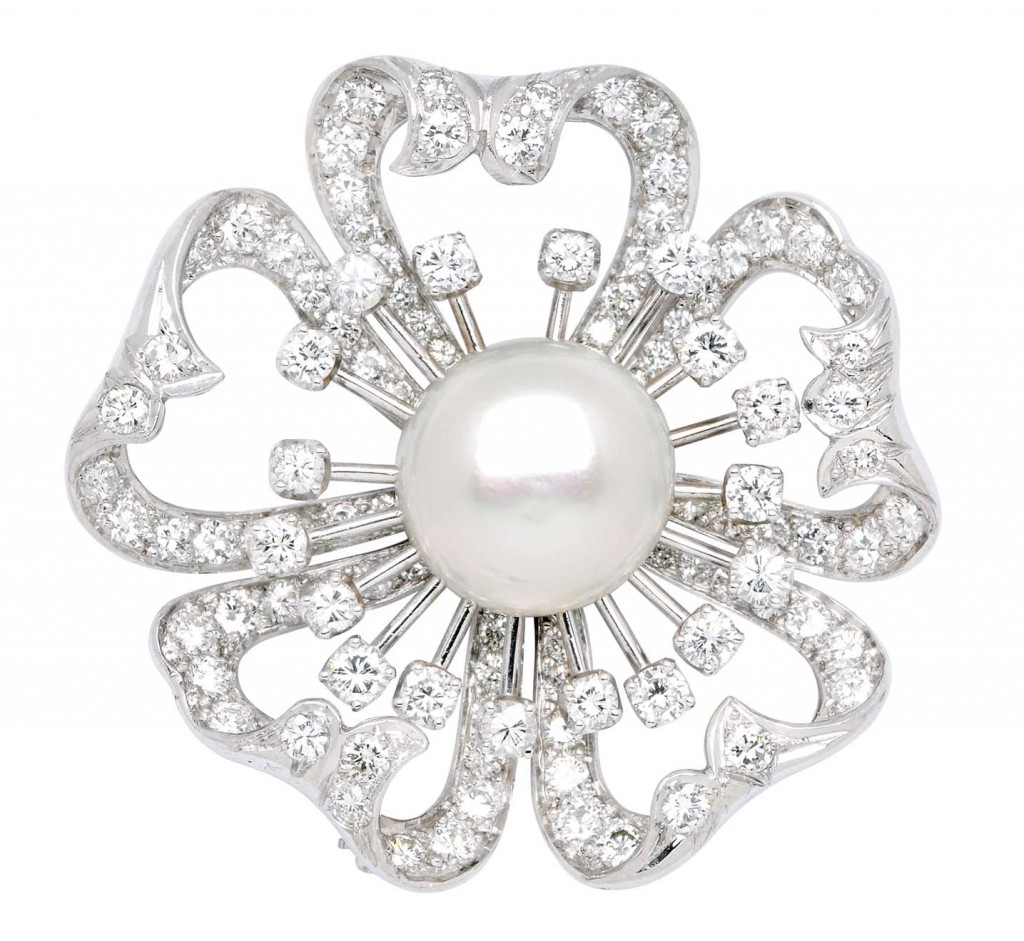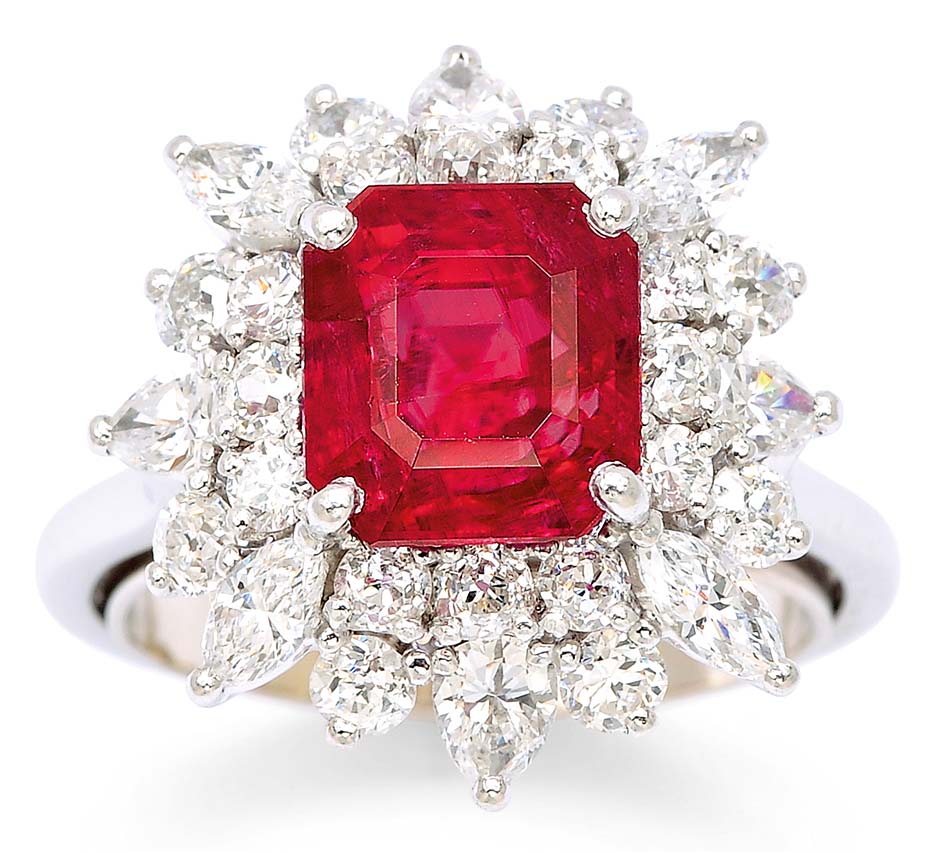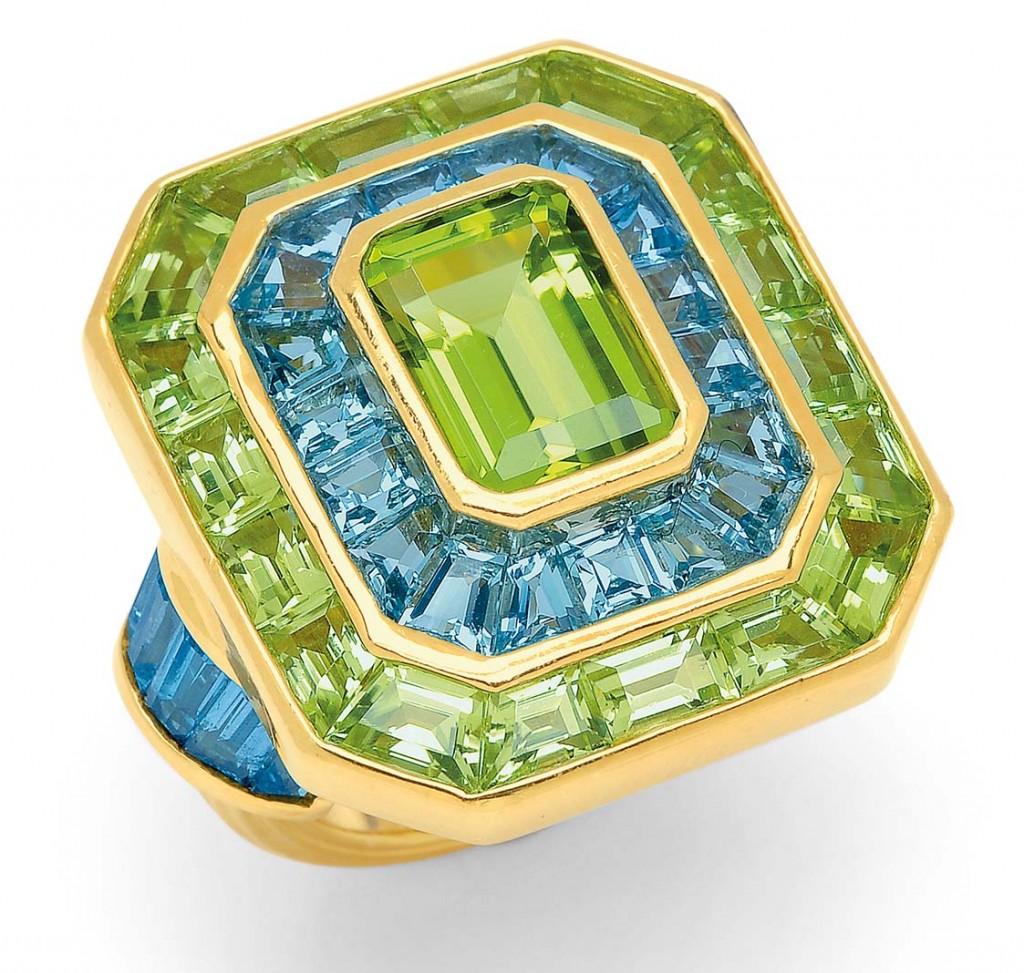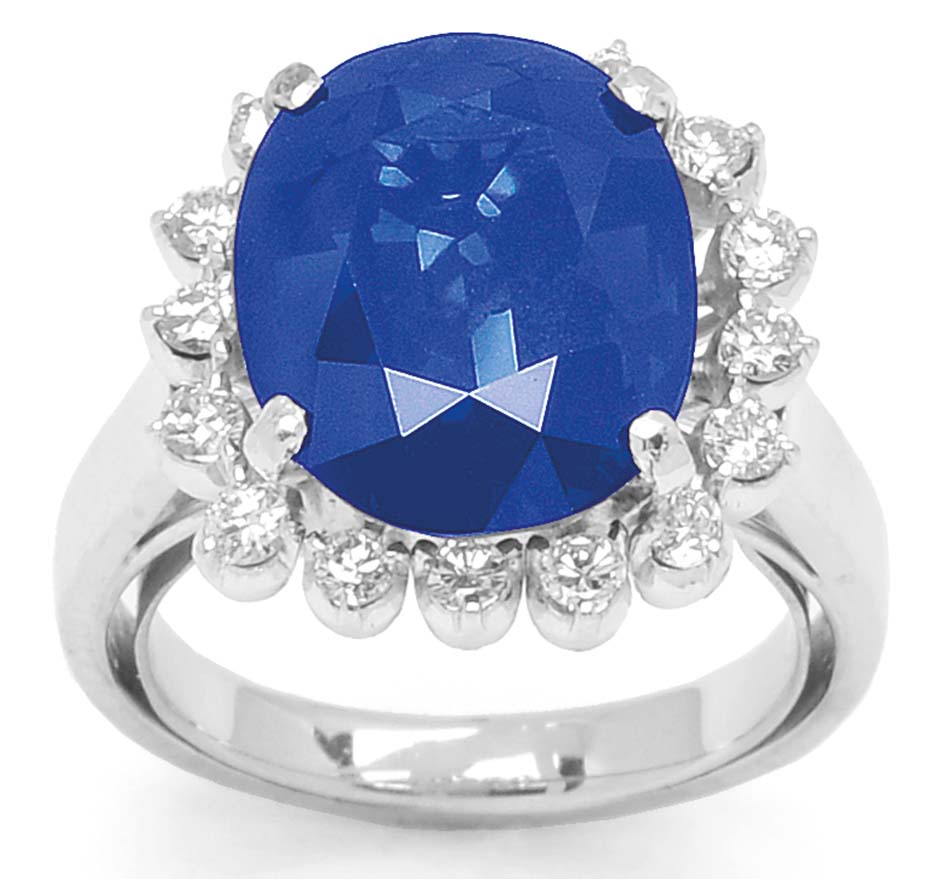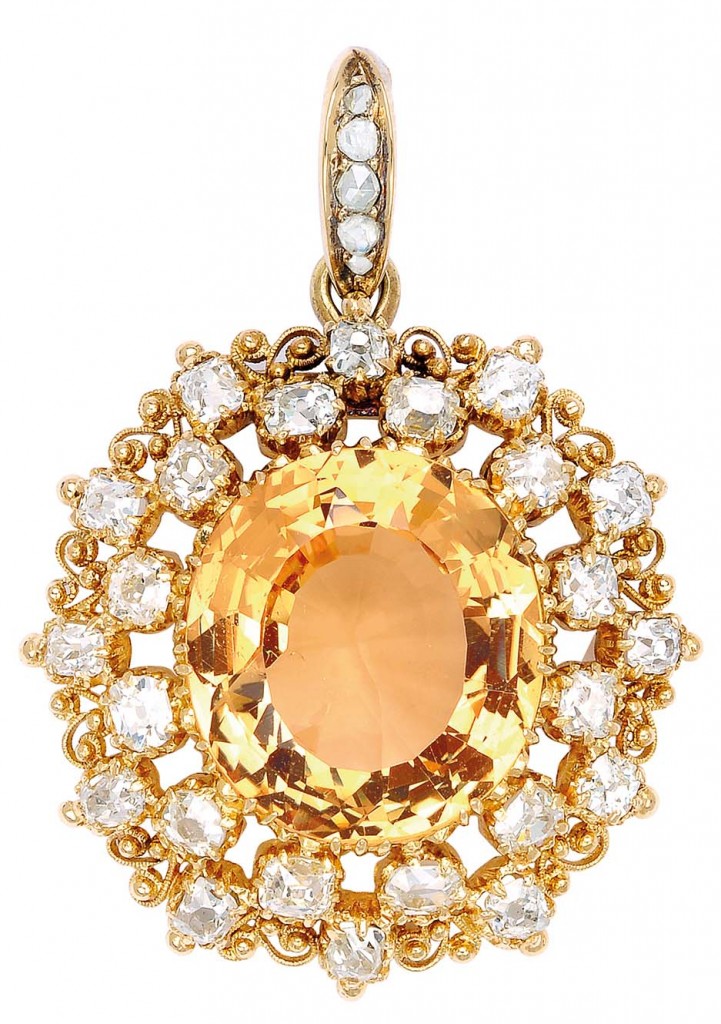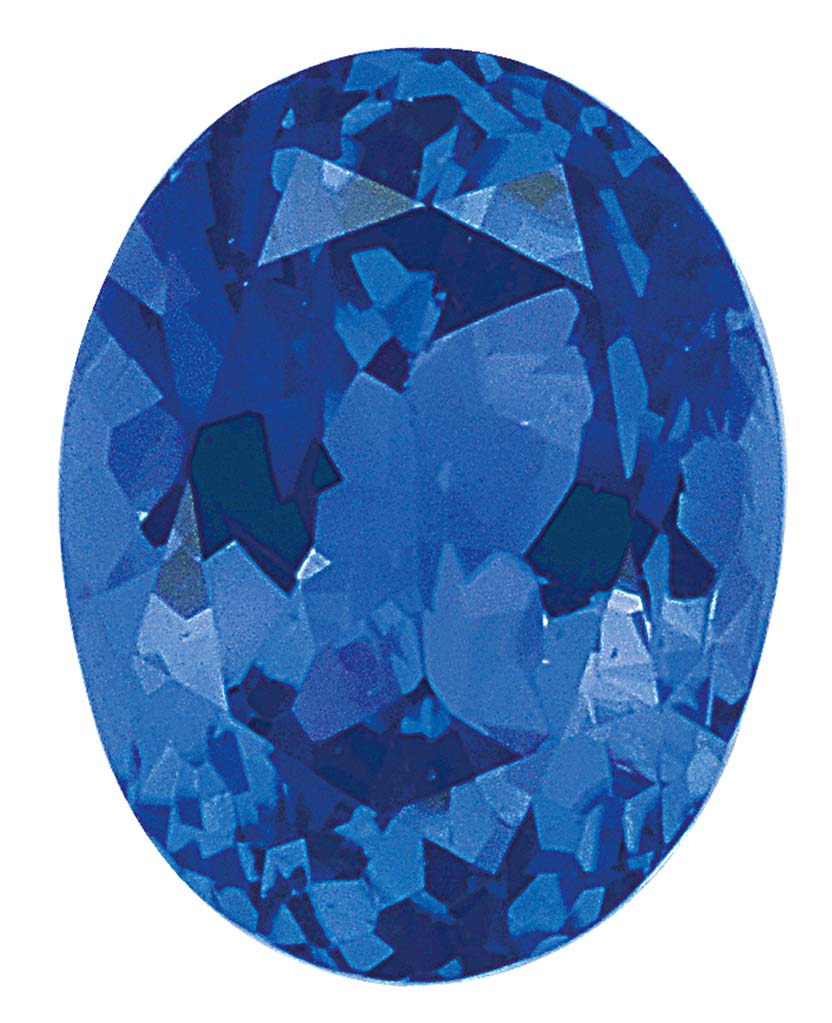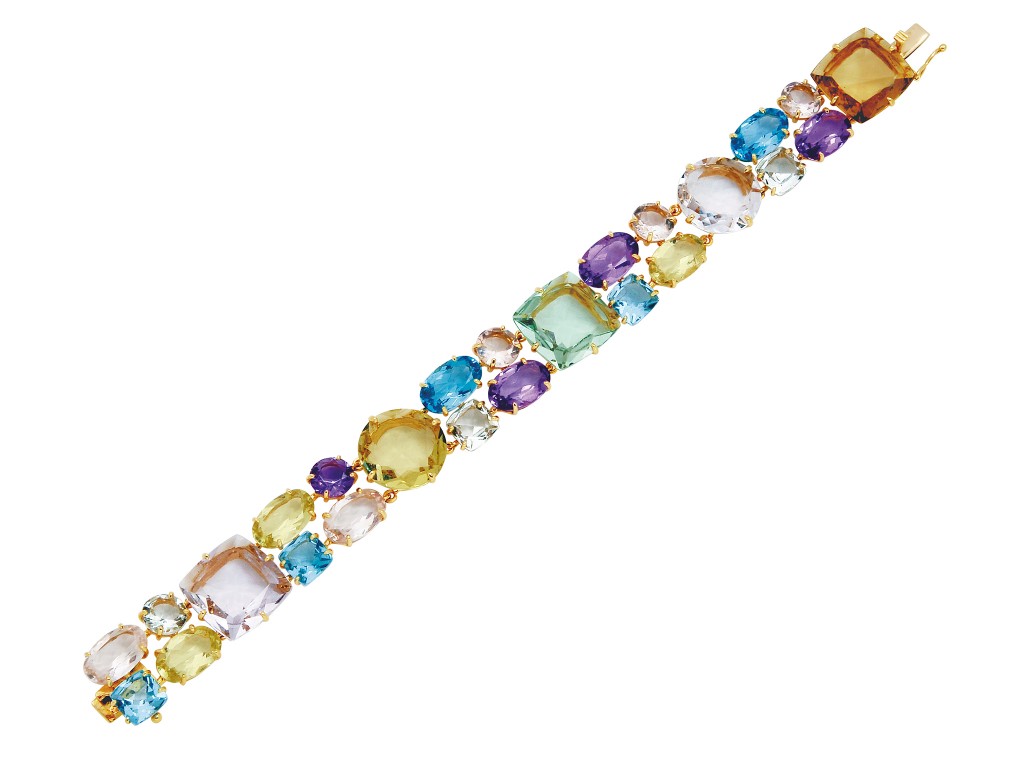
A collection of many different gems in a bracelet
There is a beautiful and interesting gem for almost every letter of the alphabet. We all had an A B C book when we were little, why not carry this forward into our adult life (or our continued childhood) with an ABC of Gems? (All of the items featured in the photographs in this ABC of Gems have been offered in Dupuis Fine Jewellery Auctions, with the exception of those at U, V, W, X, and Y).
Amethyst, the February birthstone, has a very long history, and is a lovely violet gem, here is an example of some violets carved from amethyst:

Amethyst flowers
Beryl is a gem found in many colours including blue (aquamarine), and green (emerald). These golden beryls are specially cut and matched for this brooch:
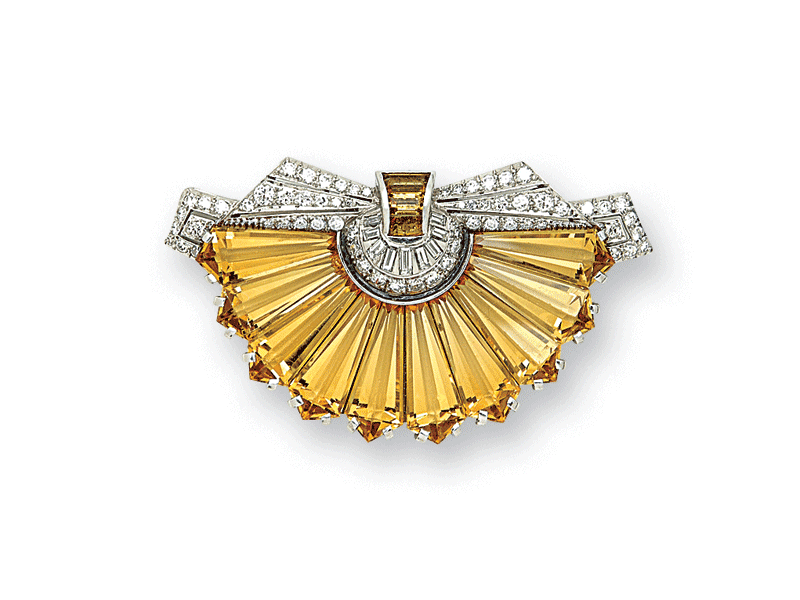
A fan of custom cut golden beryls
Coral is found in the Mediterranean Sea, and forms in branch-like shapes with red, orange and pink colours:

Coral stems on a flower brooch
Diamond, the world’s best known gem, is the hardest substance in nature. It forms deep in the earth, and is carried to the surface by volcanic activity. We need to move tons of rock to extract a single carat of this exceptional gem. Diamond is the birthstone for April.

diamond solitaire pendant 9.38 carats
Emerald is a green gem, with a very long history from “Cleopatra’s emerald mine” in the ancient world, to the famous source of emeralds in Colombia. The fresh spring-like green of an emerald makes it a calming and refreshing gem. Emerald is the birthstone for May.

Emerald and diamonds in a ballerina ring
Fibrolite, is a less common gem, and is often found exhibiting a clear and sharp “cat’s eye”. The colour is often grey.
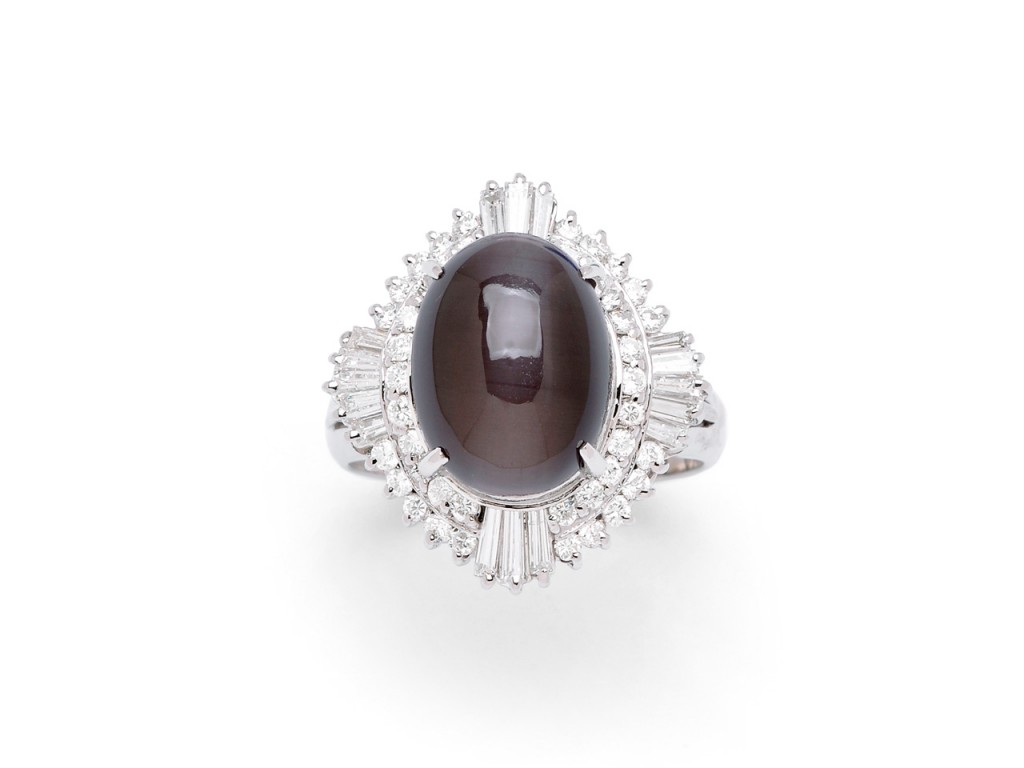
Fibrolite cat’s eye ring
Garnet is a gem found in every colour of the rainbow. Best known as a brownish red gem, garnet is also found in rare yellowish green Demantoid, and brilliant green Tsavorite. Garnet is there birthstone for January.
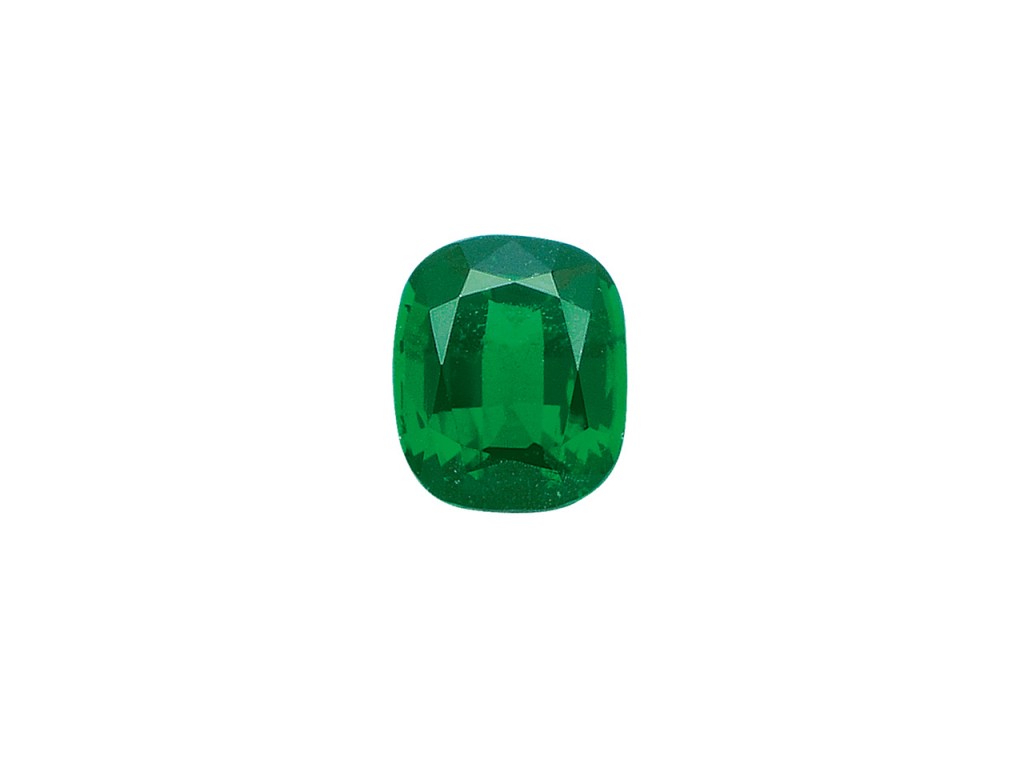
Very fine tsavorite garnet
Hematite is a bright, shiny grey metallic gem, often used as beads, or in men’s jewellery.

Hematite in cufflinks and tie tac by Schlumberger for Tiffany
Ivory is a gem principally from the tusks of elephants. There are some beautiful gems and carvings made from ivory. It is from an endangered species, trade is restricted, and is no longer offered at auction by Dupuis.
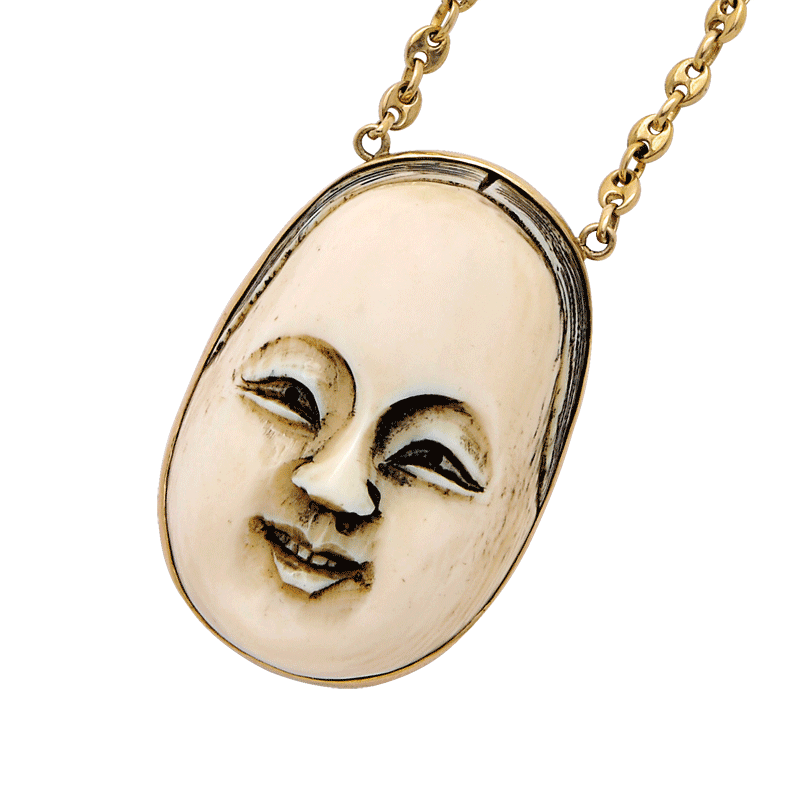
Ivory netsuke carving
Jadeite jade is a gem principally found in Myanmar (formerly Burma), and is most prized in a rich uniform green colour and with a high degree of translucency.
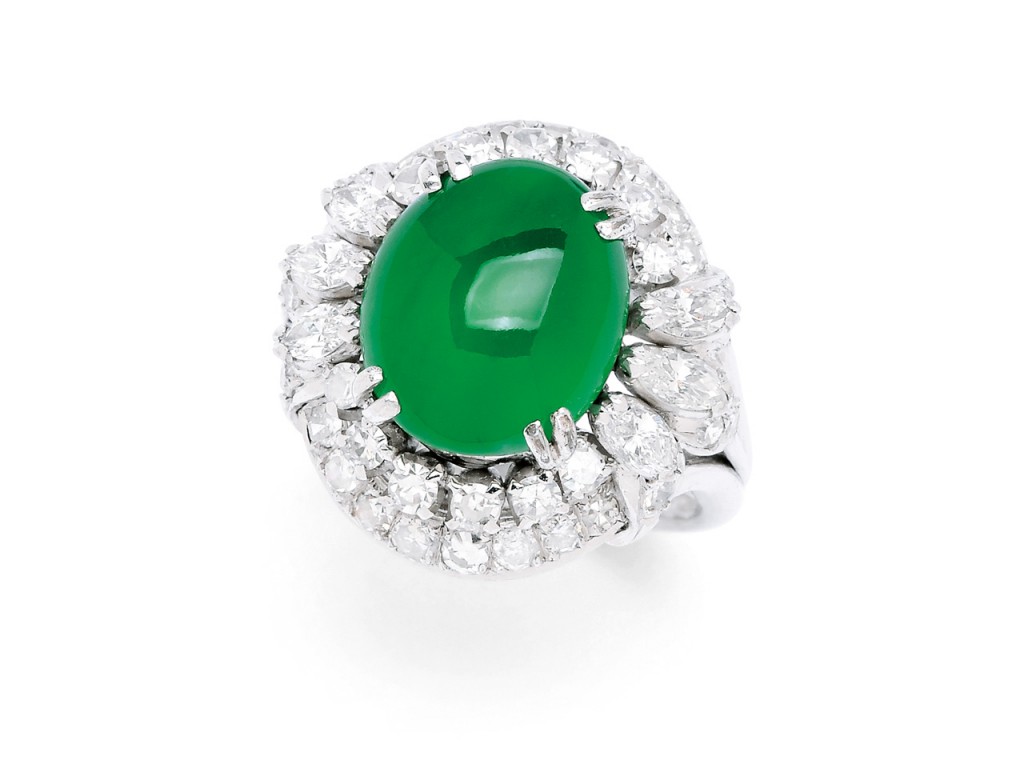
Fine jadeite jade and diamond ring
Kunzite is a pink to purple gem found in the United States and Afghanistan, and it is named after a gemologist and friend of Louis Comfort Tiffany, George Kunz.

Kunzite and diamond ring
Lapis lazuli is a rich blue ornamental gem. The most famous source is Afghanistan, and the gems from there can be a vivid blue unlike any other gem.

Lapis Lazuli and gold necklace
Moonstone is a mysterious gem that has a silvery “moon” that floats around as the gem moves.
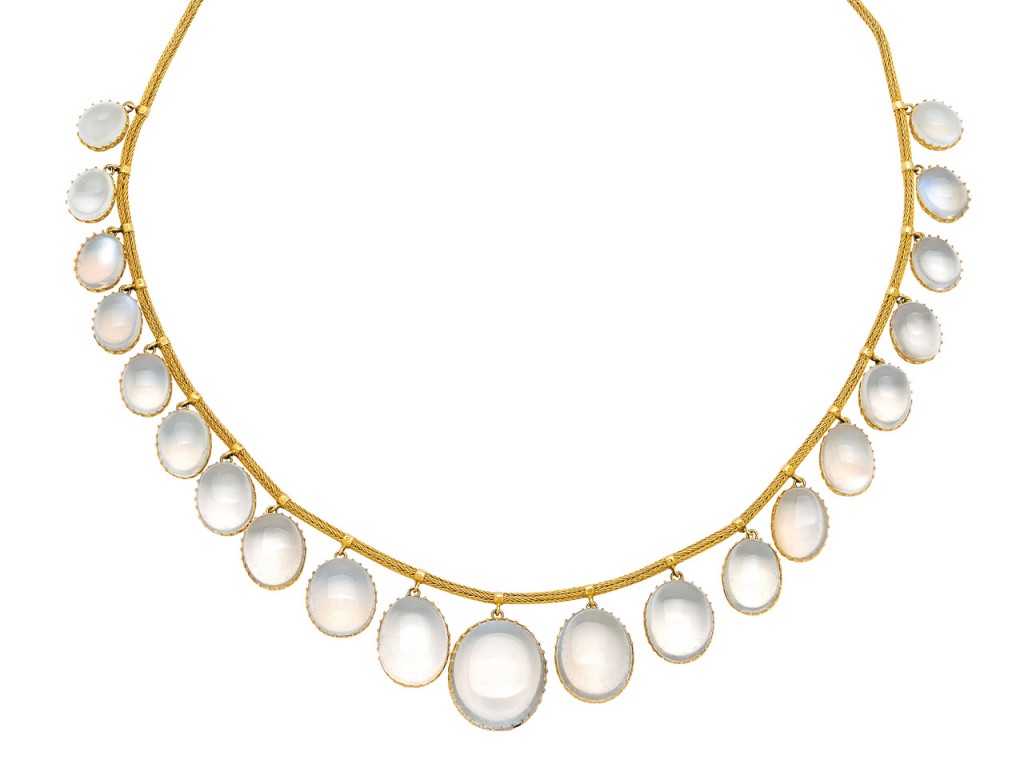
Antique moonstone necklace
Nephrite jade is one of two gems named jade. Most notably in an olive green colour. It is found in countries around the world, including in Canada’s British Columbia.
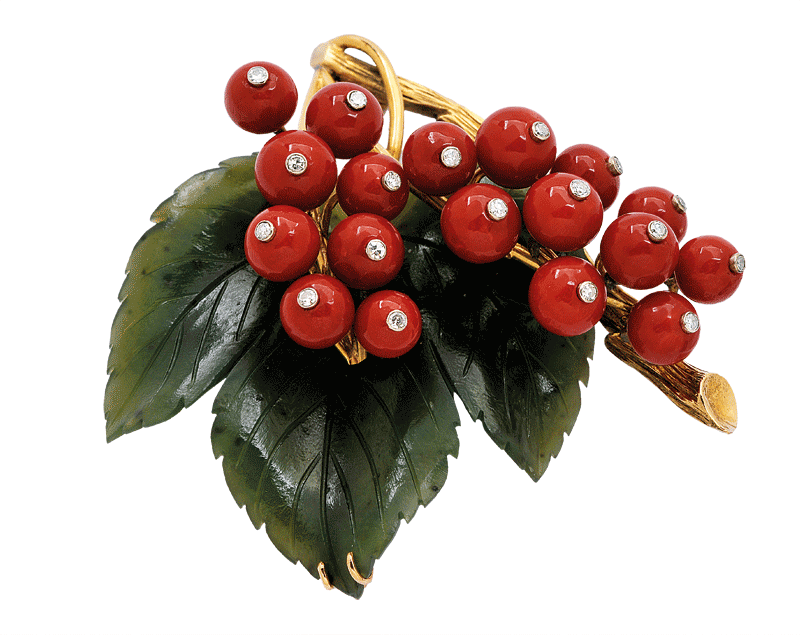
Nephrite jade leaves and coral beads in a brooch
Opal is famous for its flashes of the colours of the spectrum. It is most valuable if it has bright flashes of all colours of the spectrum. The best known source is Australia. Opal is the birthstone for October.
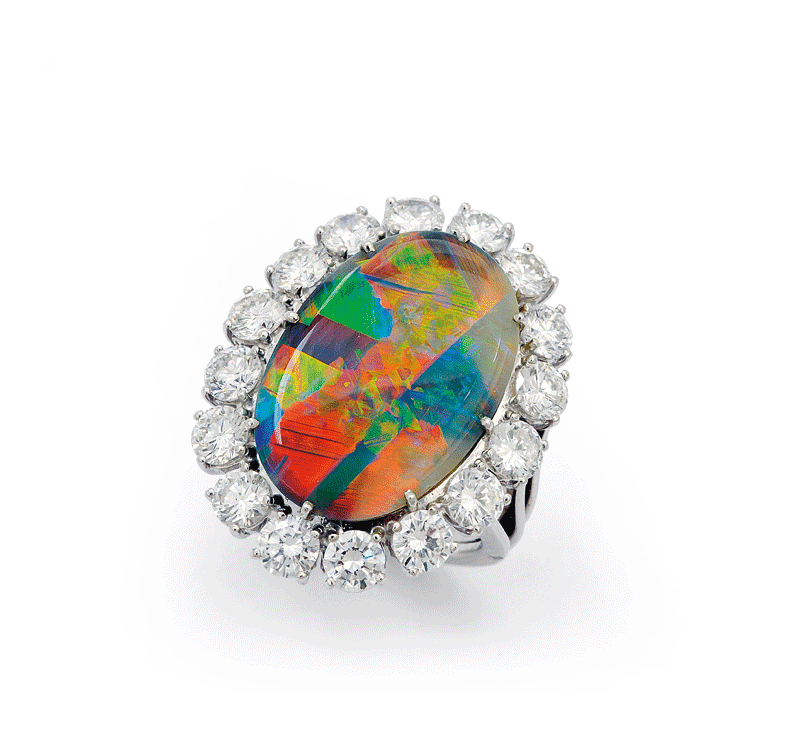
Black opal and diamond ring
Pearl was likely used as an ornamental gem before almost anything else. Pearls were the first “free prizes” in the history of food. Biting into an oyster and finding a pearl was a pretty nice bonus for our ancient ancestors. Natural pearls are very rare today, but are still sometimes found. Pearl is the birthstone for June.

Cultured pearl necklace in a rainbow of colours
Quartz, truly an ABC of gems in itself, is a gem that has colours and textures to suit all styles and tastes. Quartz has been found in ancient jewels, and it is found in every continent. Amethyst is the most precious variety, Citrine follows closely behind, carnelian is a translucent orange variety that has been used for thousands of years.
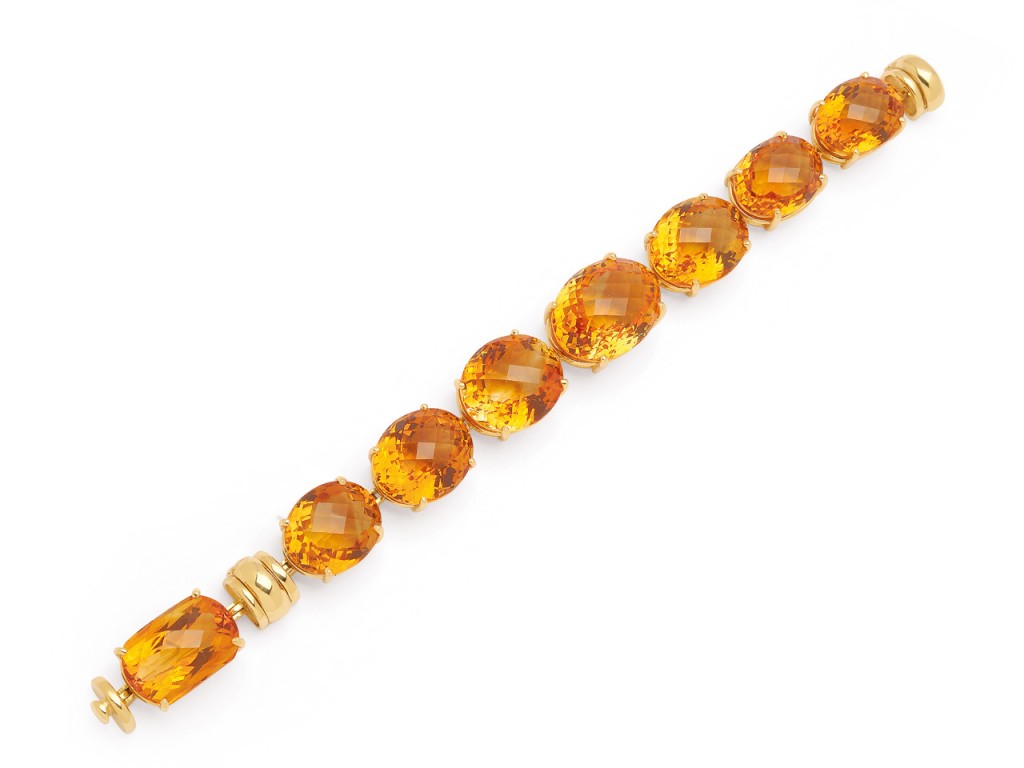
Citrine bracelet
Ruby is a red gem, most famously found in Myanmar (formerly Burma). it is the birthstone for July, it is associated with Power and passion. The inner glow of a fine ruby is unlike any other gem. Ruby is the birthstone for July.
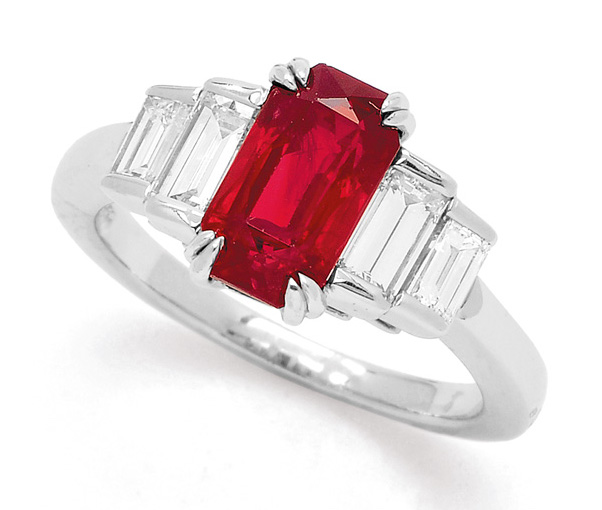
Ruby and diamond ring, “pigeon blood” colour
Sapphire is another ABC of gems because it can be any colour except red (red colour of this mineral is called ruby). The most sought after sapphire is a rich velvety blue colour that is now depleted, but was found in Kashmir until the mid-20th Century. Currently sapphires are found in Myanmar (formerly Burma), Sri Lanka, Madagascar, Thailand, Cambodia, Australia, and even in Canada’s Baffin Island. Other highly desired colours are pink, and yellow. Sapphire is the birthstone for September.
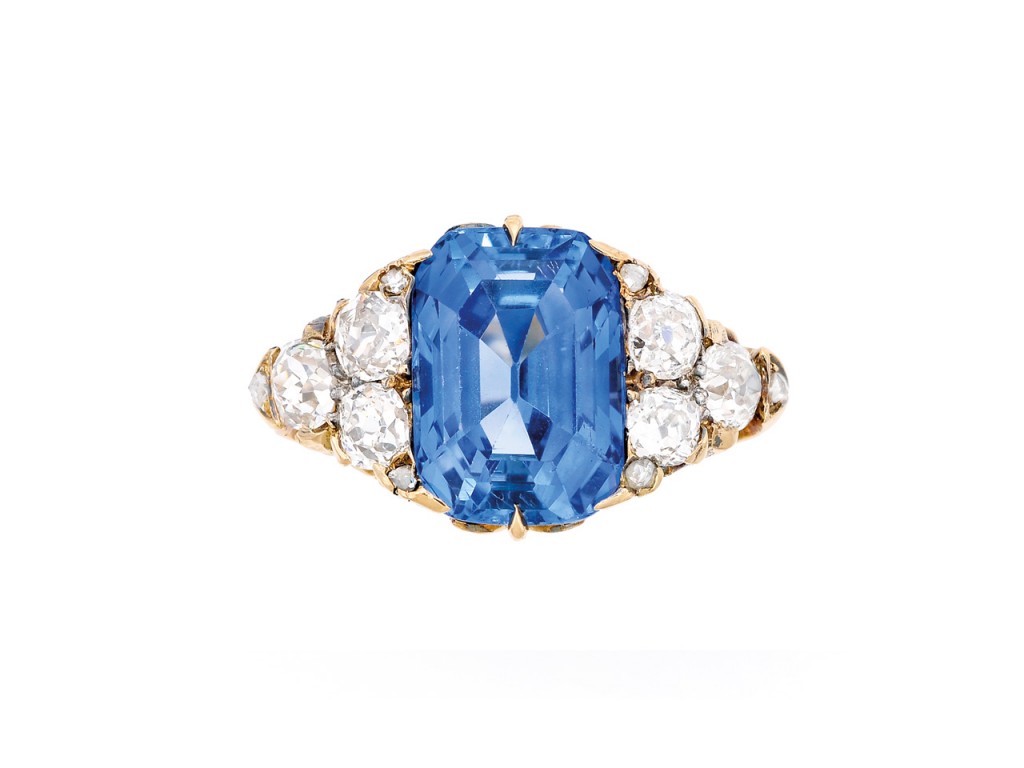
Antique sapphire and diamond ring
Topaz is best known in two main colours, yellowish orange (sometimes called “imperial topaz”), and blue. but it is found in pink, colourless, and others too. Found in many countries including Brazil and Russia, it is the birthstone for November.
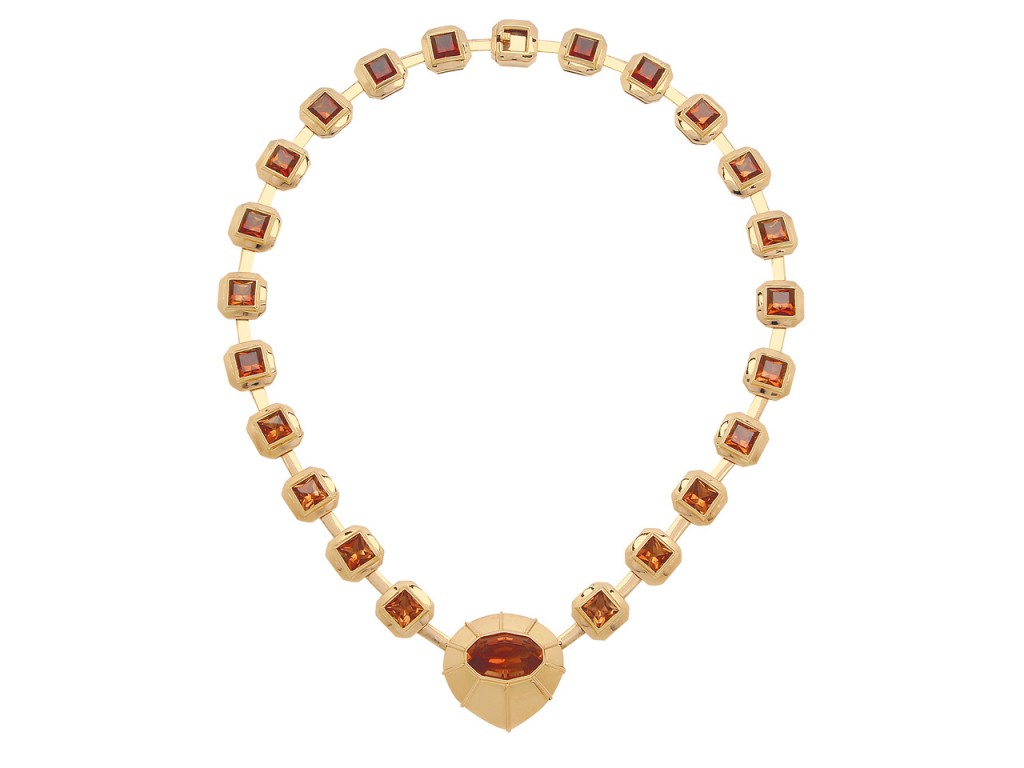
Topaz necklace
Uvarovite is a variety of garnet that usually forms in tiny crystals, sometimes used as “drusy” (clusters of tiny crystals covering a surface) in finished jewellery. Very rarely it is large enough crystals to facet (but still very small)

Uvarovite garnet (0.50mm in diameter)
Vulcanite was produced in the 19th Century as an inexpensive alternative to the organic gem, jet. Vulcanite is an opaque black vulcanized rubber compound that is hard, and was usually moulded into what appeared as carved forms.
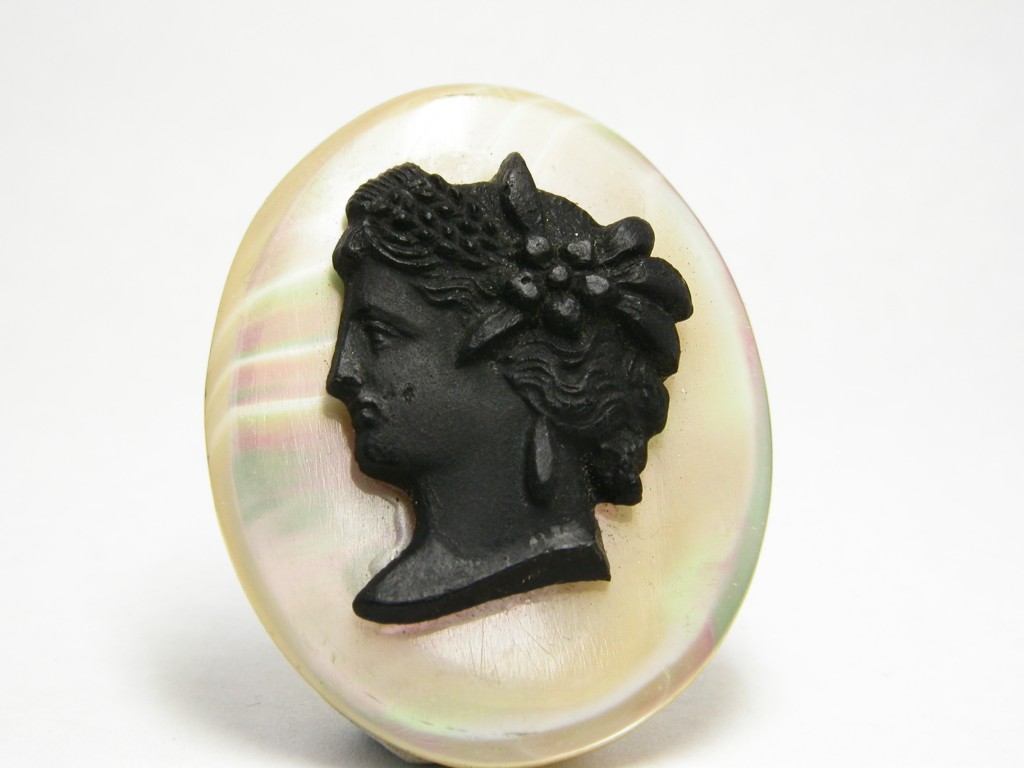
Vulcanite cameo mounted on mother of pearl
Welo Opal is named after its source in Ethiopia. It is opal from a new source, and is noted for bright colours.
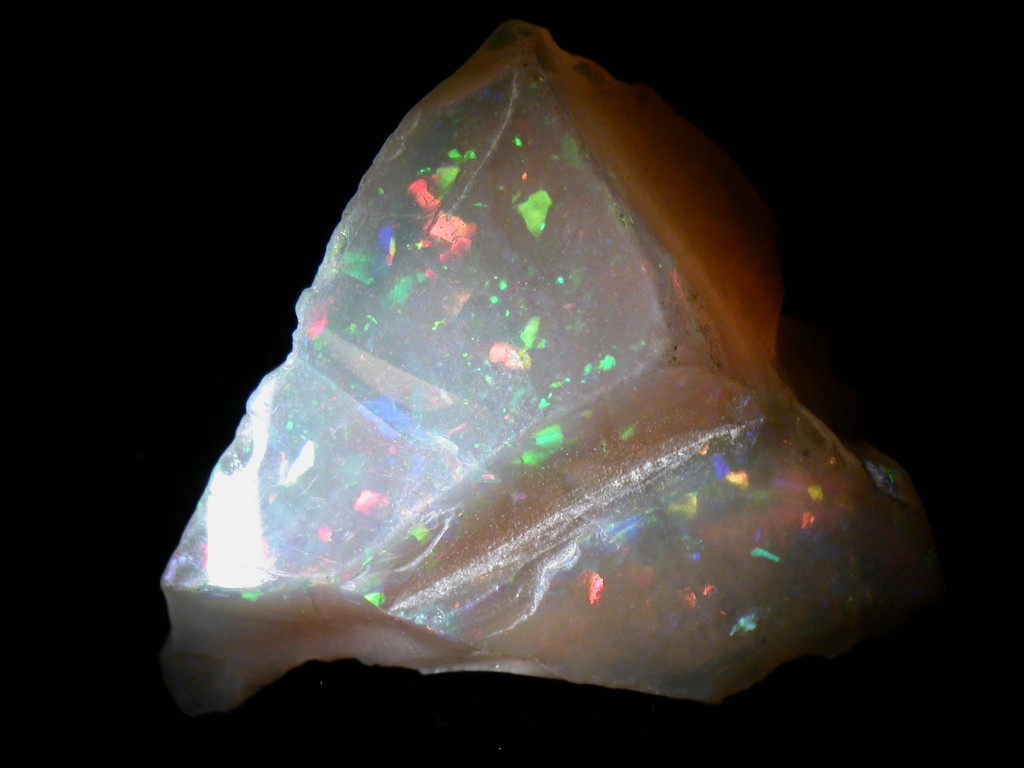
Welo opal (rough – unpolished)
X-Ray (some letters in an ABC of Gems are more difficult) Used in the identification of pearls, X-Ray testing can assist in separating natural pearls from cultured pearls. X-rays are also used in separating diamonds from ore at diamond mines.
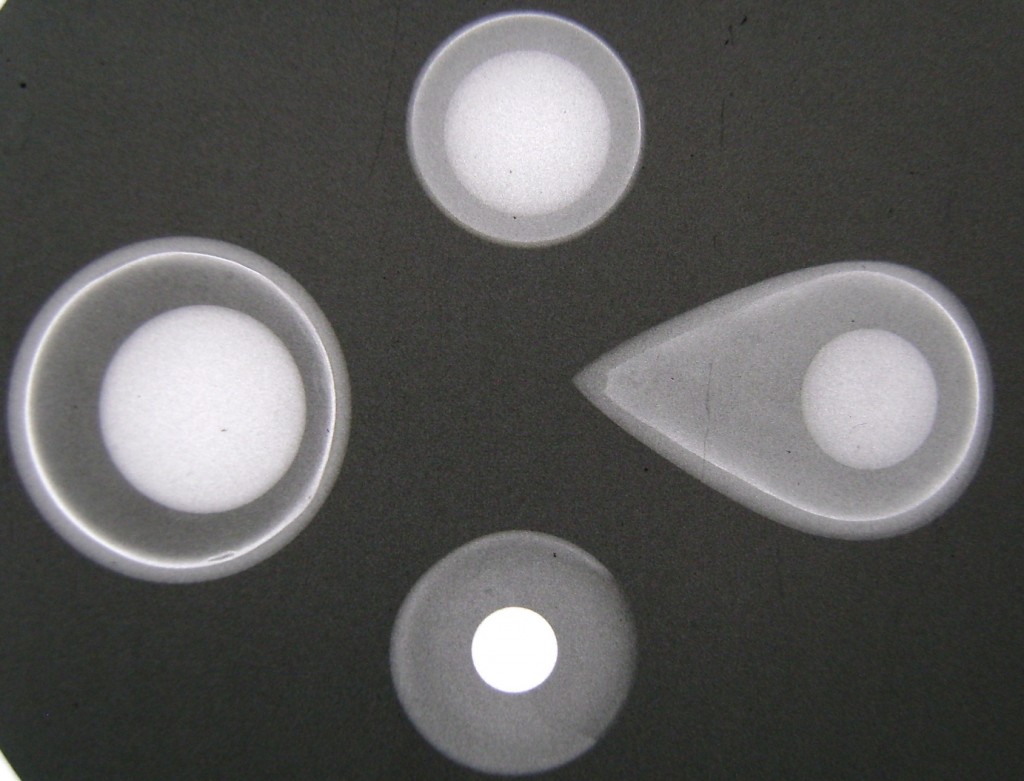
X-ray of cultured pearls showing mother of pearl beads inside the cultured pearls
Yttrium Aluminium Garnet (YAG) is a laboratory grown material originally used as a diamond simulant, it is now produced in many different colours. It is hard and durable, and serves as an inexpensive imitation of other gems.
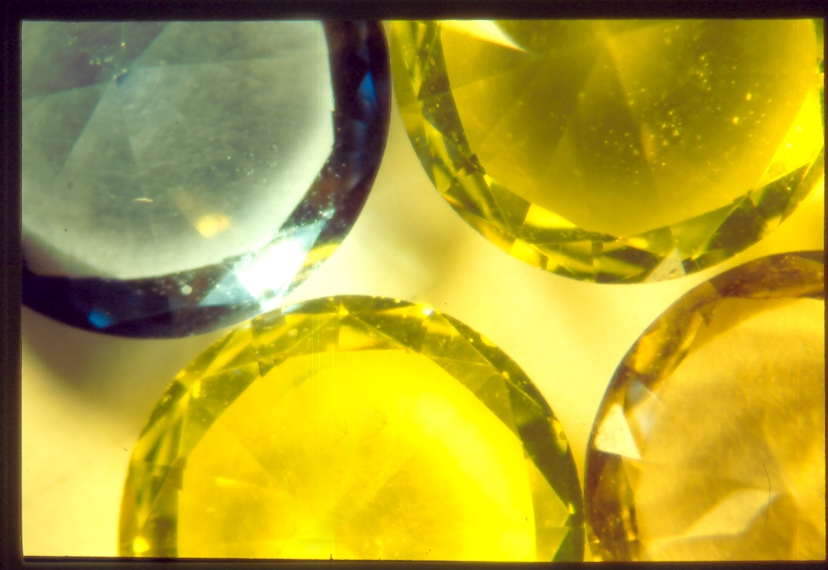
Laboratory grown YAG
Zircon (we can finish an ABC of Gems with a genuine gem): Zircon is a natural gem that is found in yellow, brown, green, blue and colourless. Zircons can be very pretty and dispersive, showing sparkles of colour you might expect in a diamond.
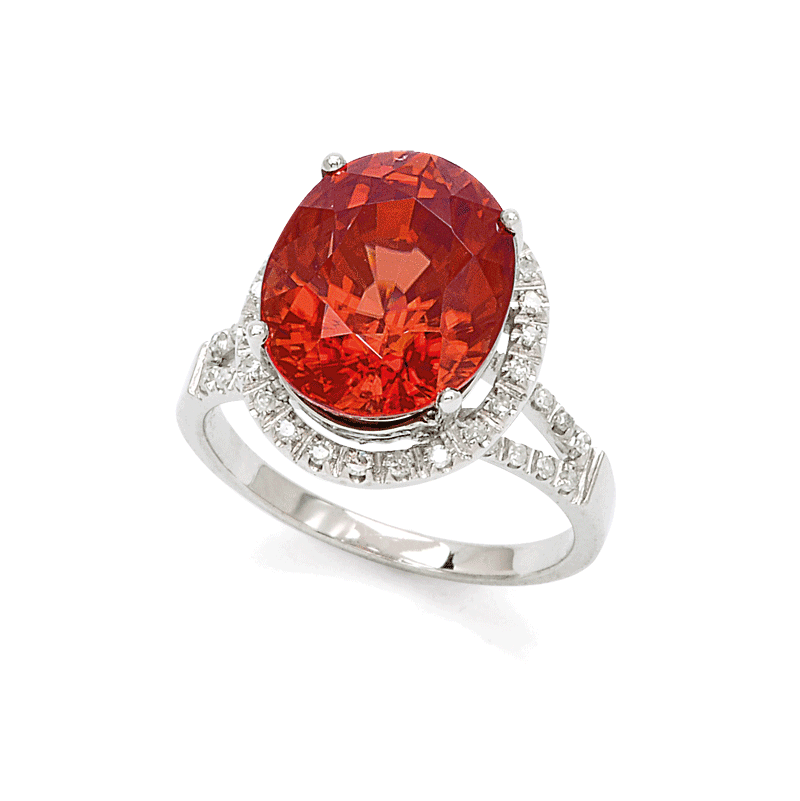
Zircon and diamond ring

